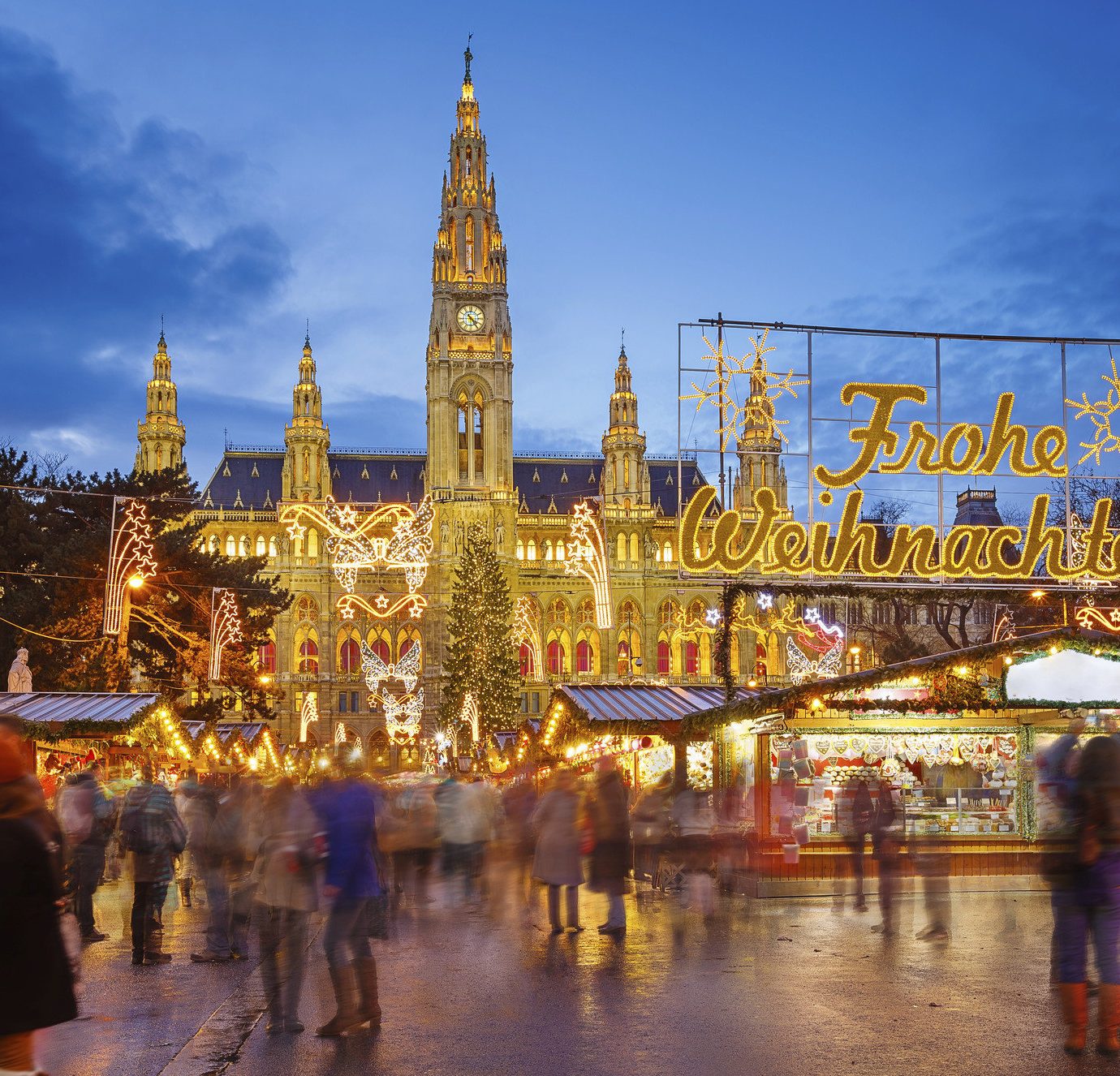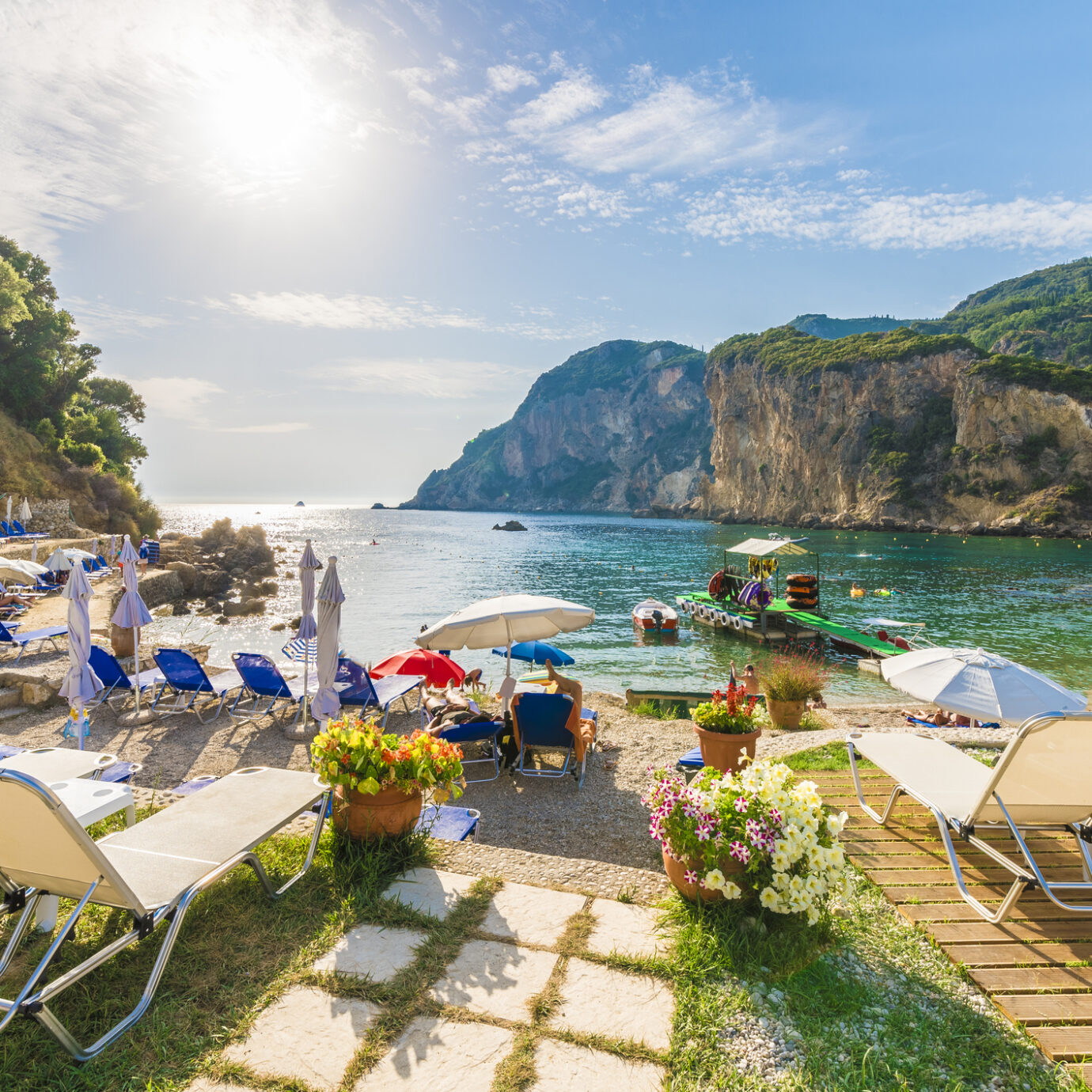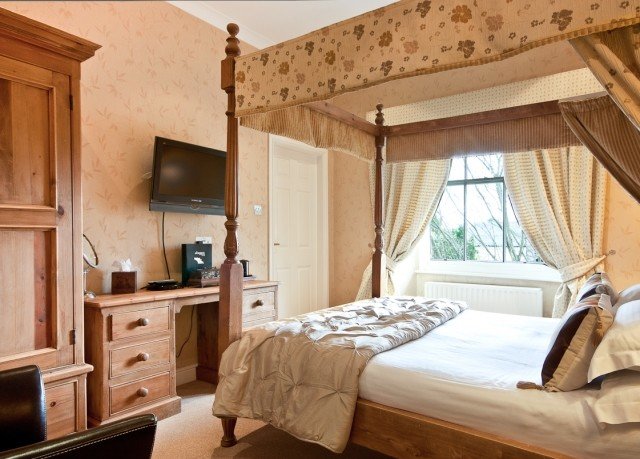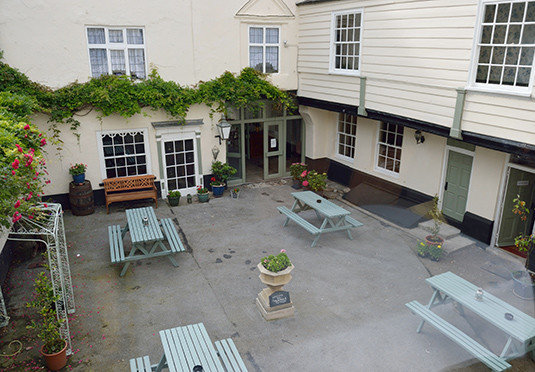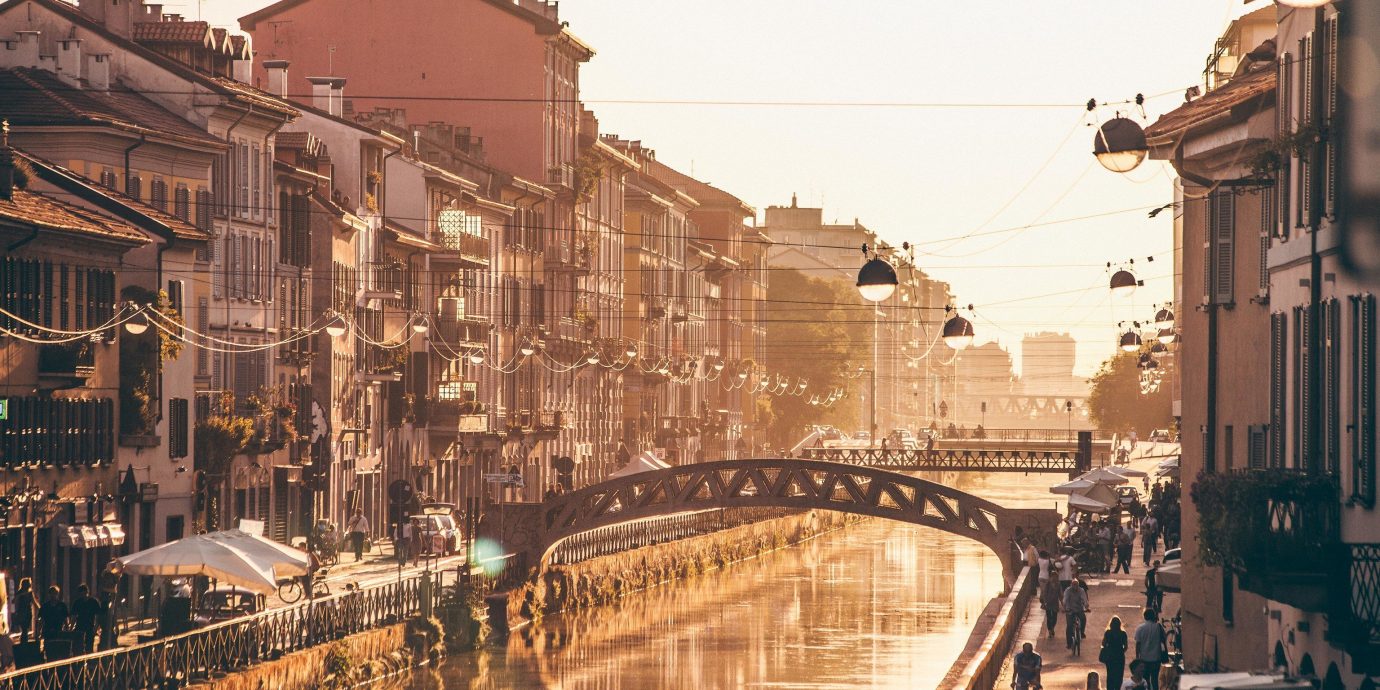
The Coolest Things to Do in Milan
Rome’s history, Florence’s artistry, Venice’s atmosphere—it’s easy to overlook Milan for its flashier siblings. But the Italian capital has a style all its own, from age-old churches and world-class museums—it’s the home to Da Vinci’s Last Supper, after all—to some of the best fashion boutiques on the planet. We’ve rounded up 10 of the coolest things to do in Milan, whether you’re looking for classic sights or off-the-beaten path experiences.
Jen has been a staff editor at Architectural Digest, Travel + Leisure, and Martha Stewart Weddings, and her work has appeared in The Wall Street Journal, Afar, and Elle Decor. When she's not snowmobiling in the French Alps or tasting scotch straight from the barrel in Scotland, she's at home in Brooklyn with her husband and daughter.
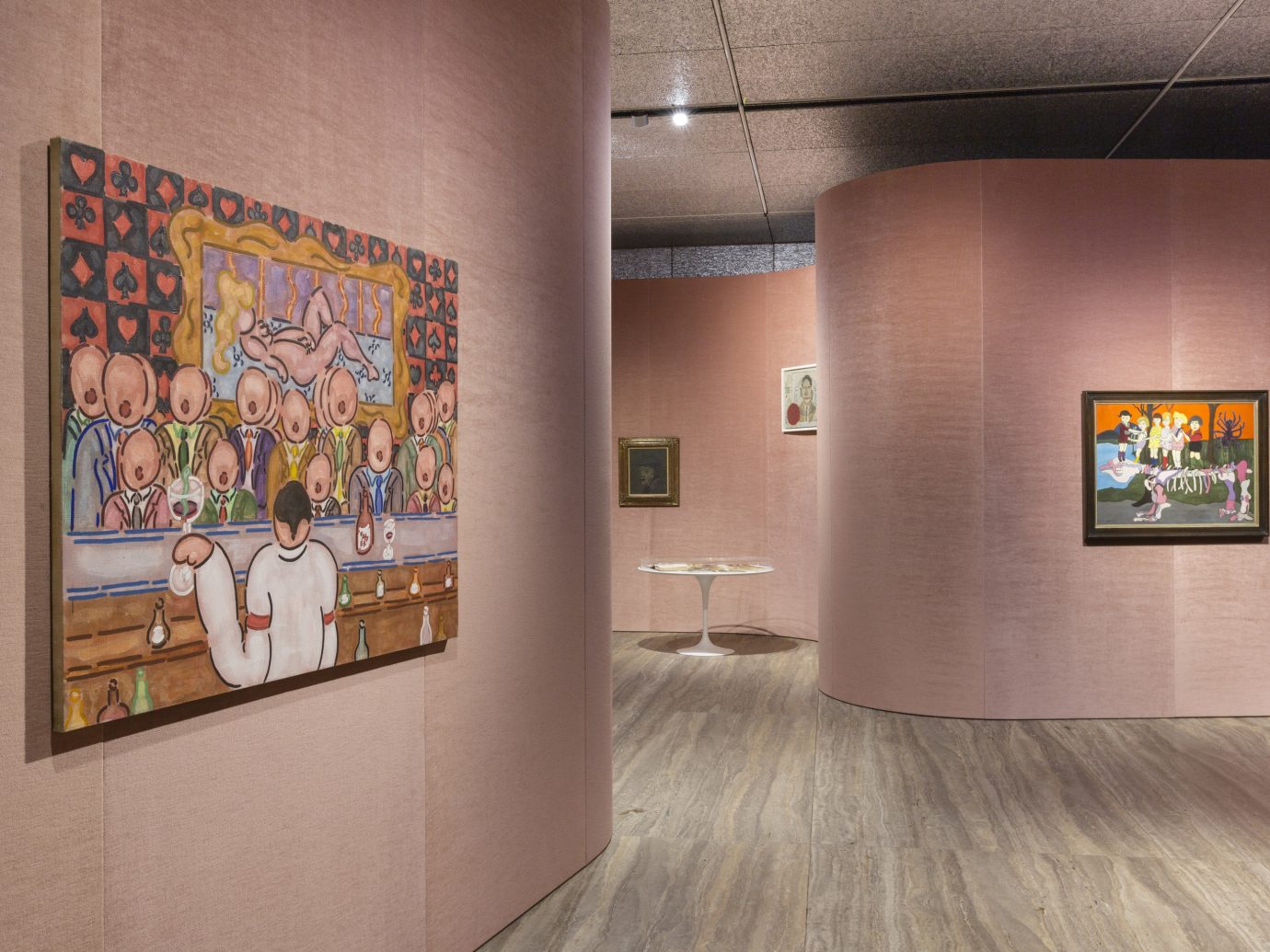
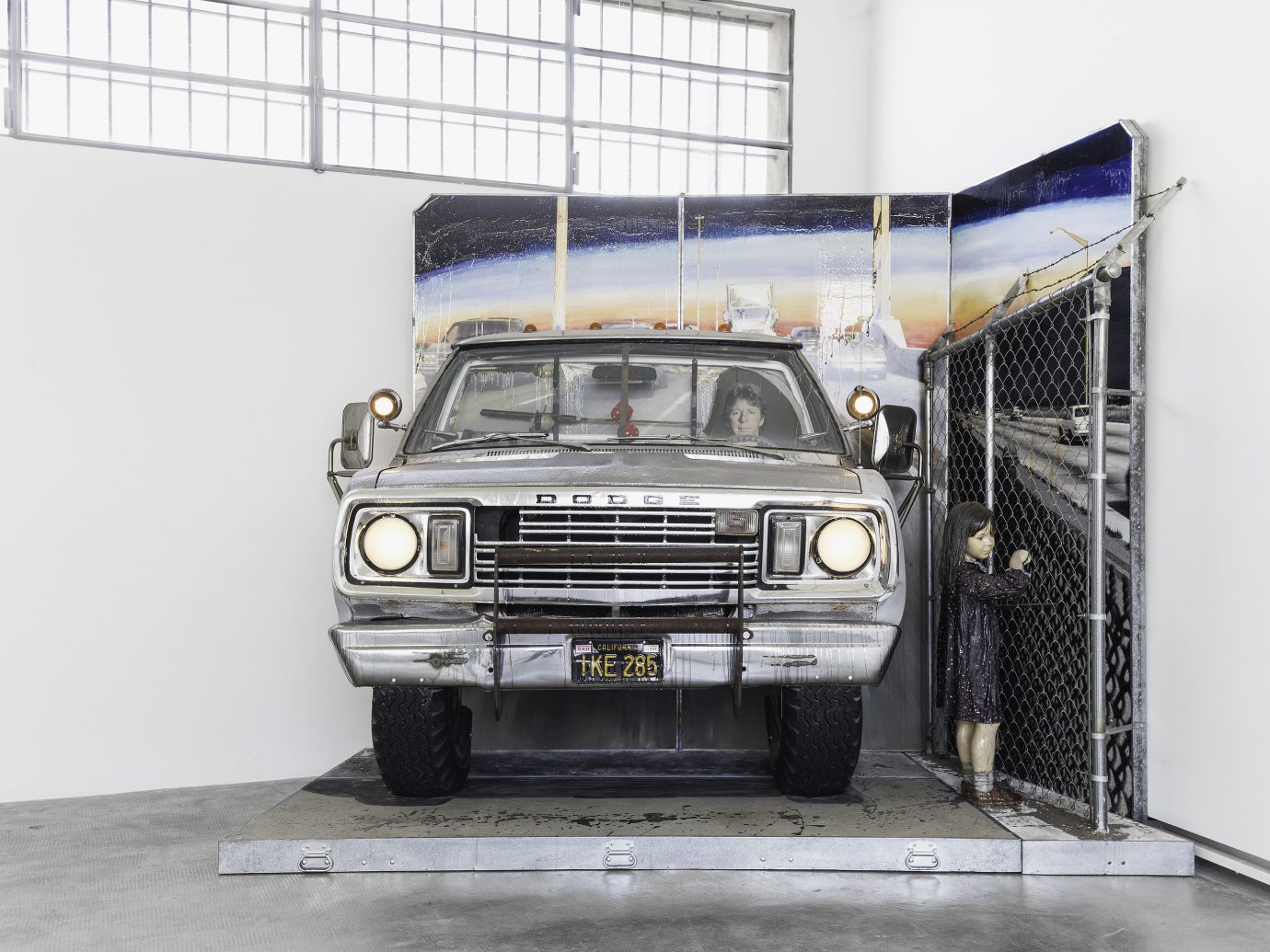
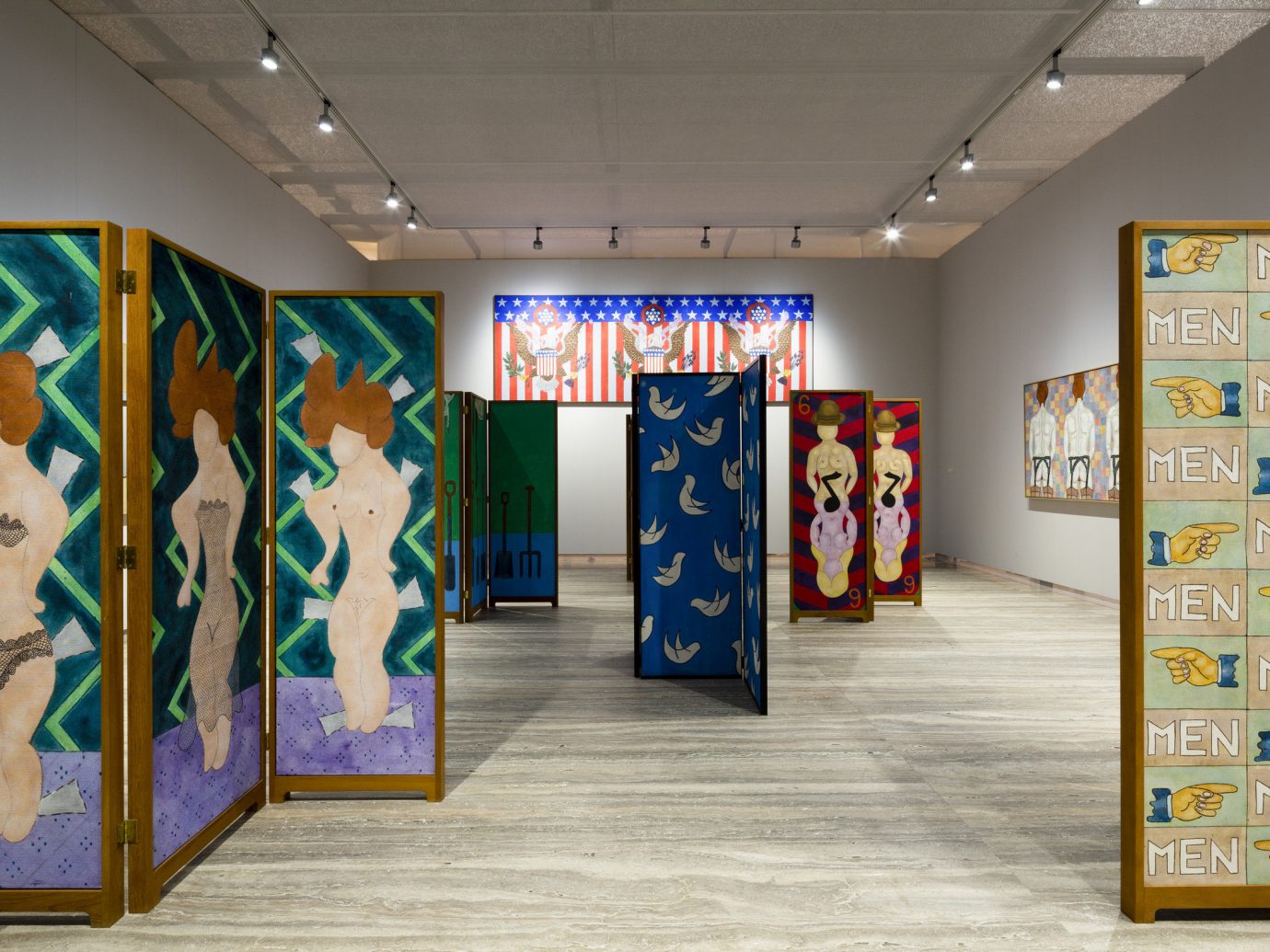
Fondazione Prada
Designed by Rem Koolhaas and located in a former distillery that dates to the early 1900s, this exhibition space hosts the fashion house’s permanent art collections and installations by the likes of Dan Flavin, Anish Kapoor, and Louise Bourgeois in a stunning architectural space that is a work of art in itself. Browse the 20th- and 21st-century pieces, then order an espresso at Wes Anderson’s Bar Luce, a midcentury café with terrazzo flooring, formica tables, and wallpaper that recalls Milan’s ornate architecture; there’s even a Steve Zissou pinball machine to help fill down time.
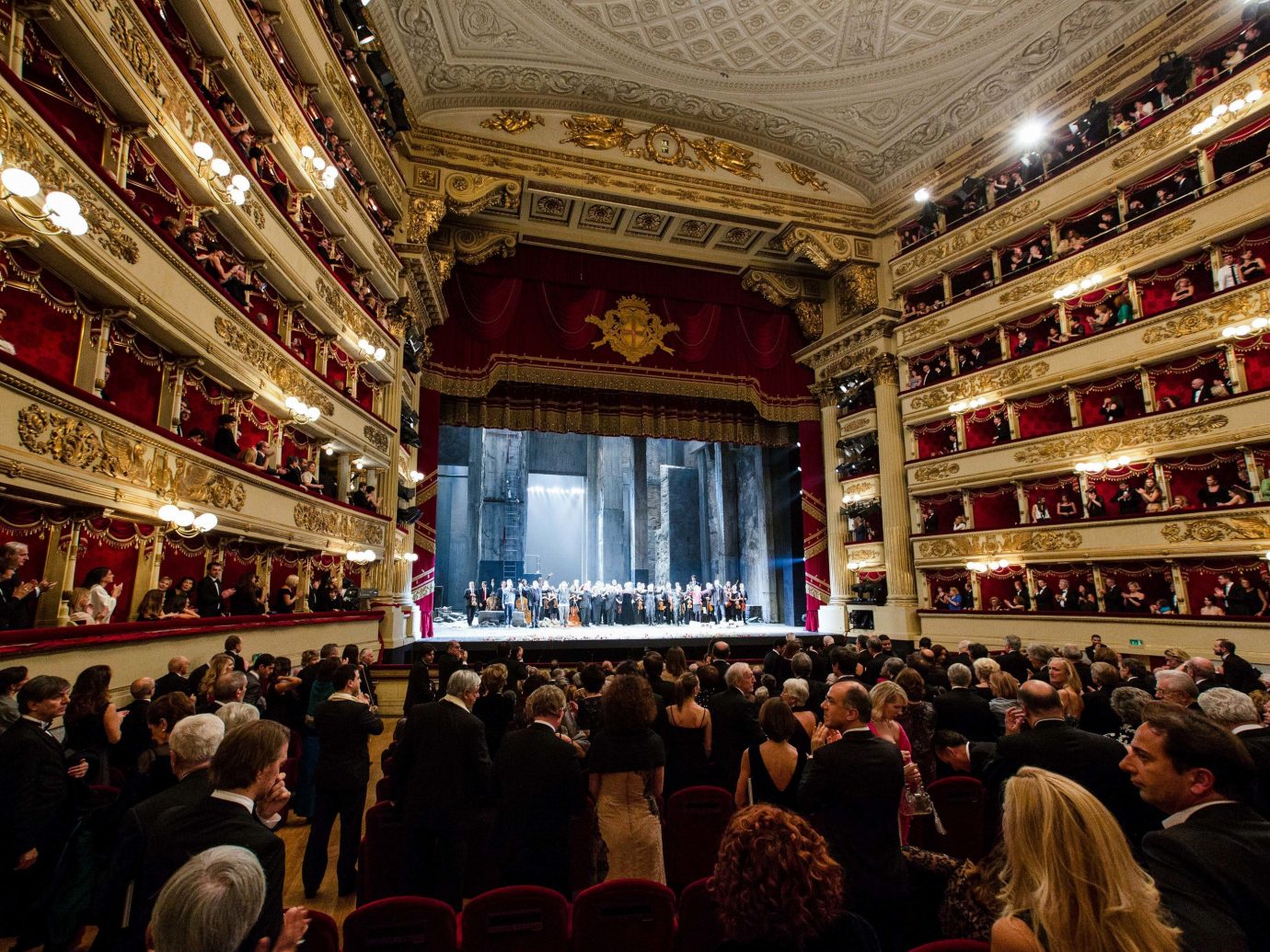
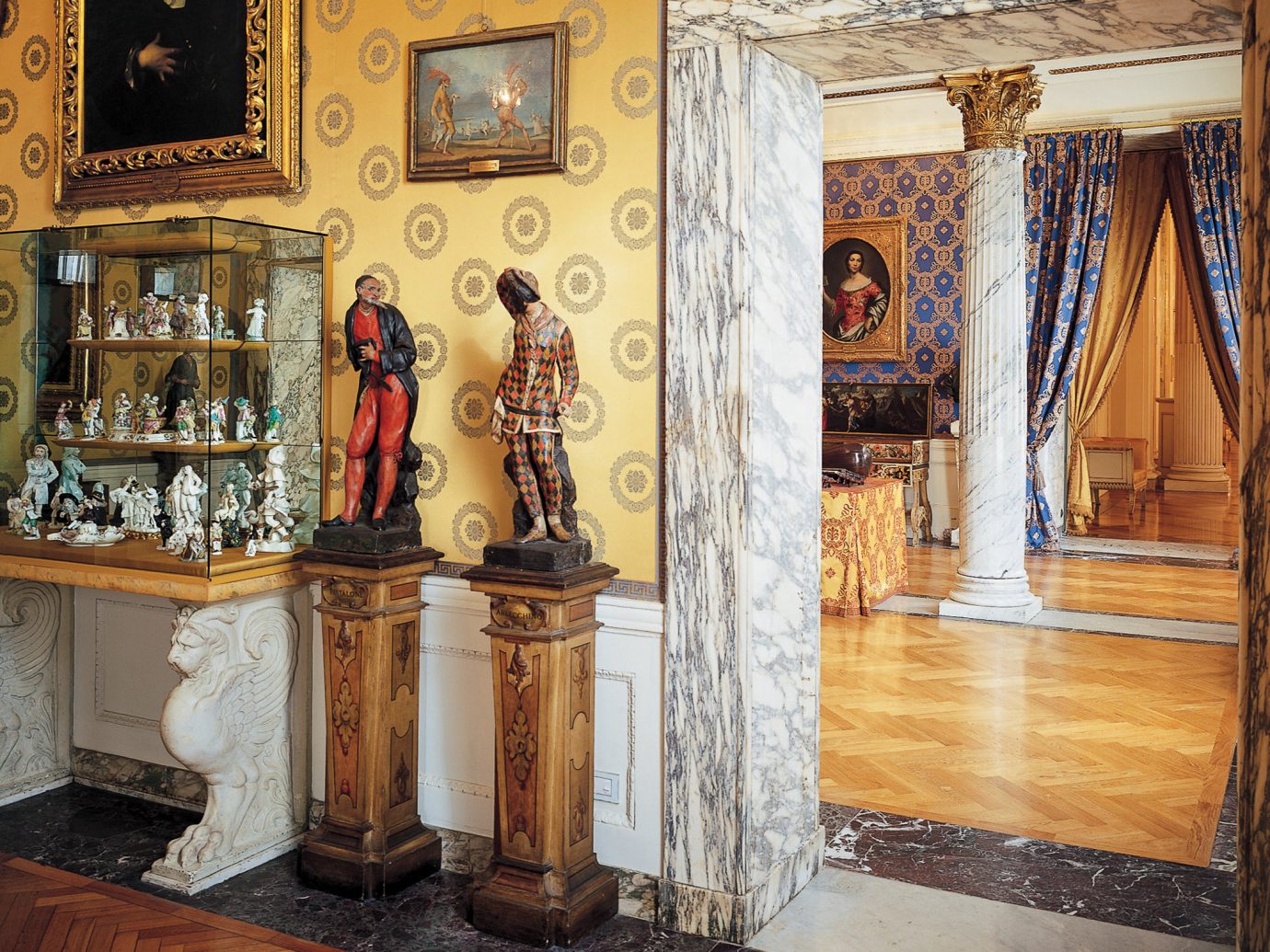
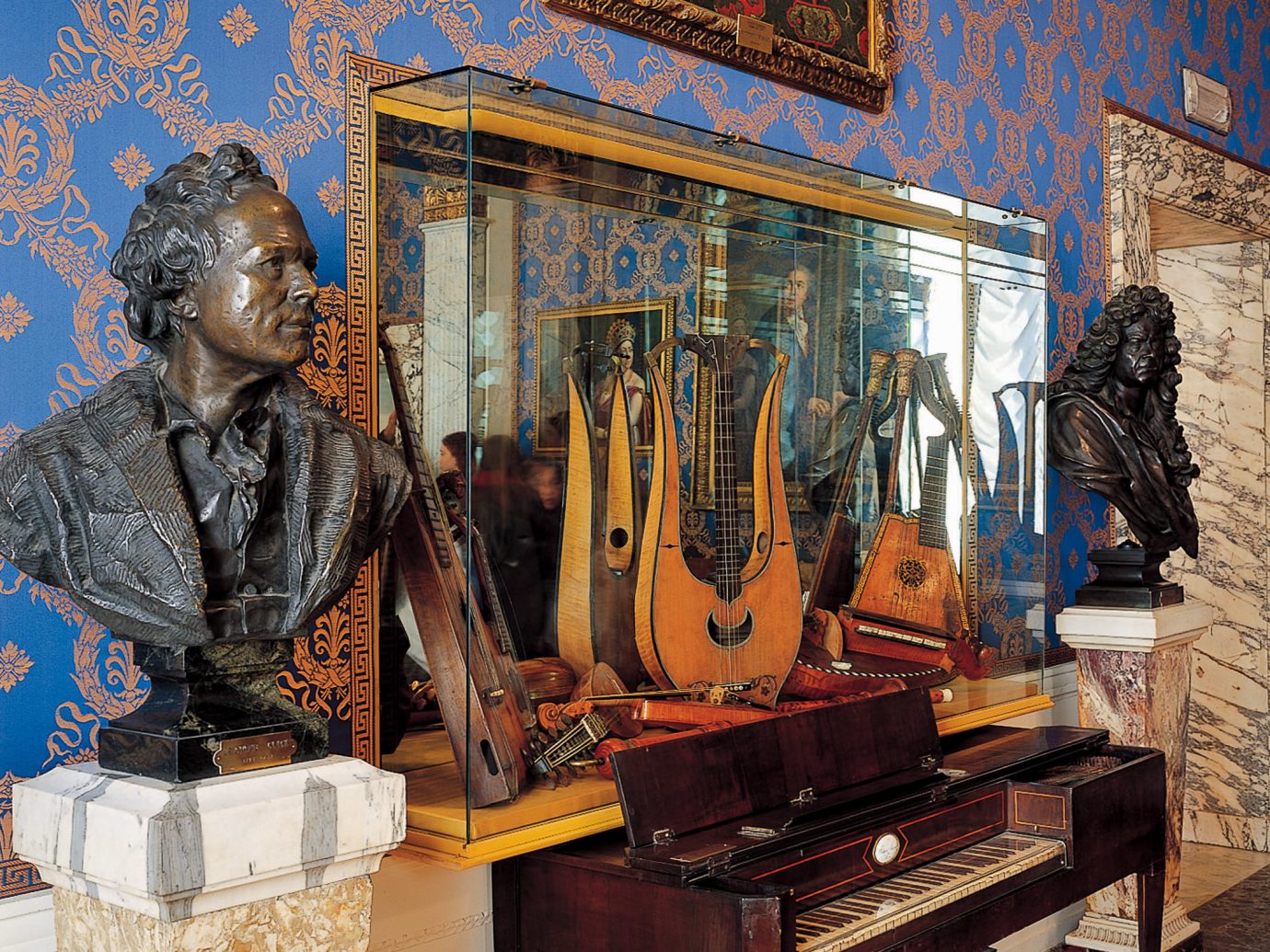
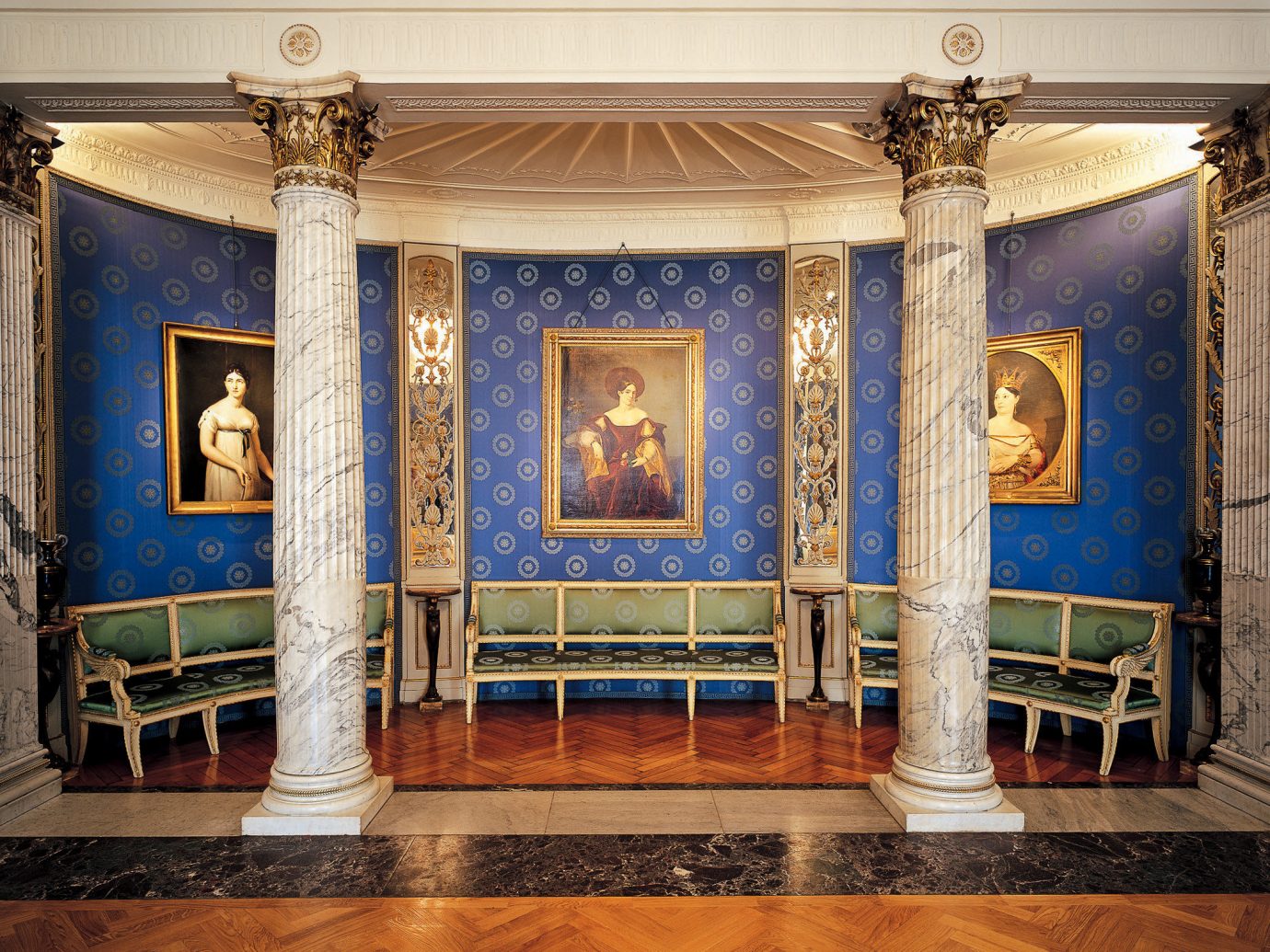
Teatro alla Scala
Music buffs, people watchers, and history fanatics congregate under the neoclassical roof at the 18th-century La Scala, long considered one of the world’s greatest opera houses. As when it opened in 1778, the theater hosts concerts, ballets, and operas by the likes of Giuseppe Verdi and Arturo Toscanini (one of La Scala’s principal conductors)—view them from one of the iconic red-and-gold box seats. On a schedule? You can also catch a glimpse of the interiors on a guided tour offered by the theater’s museum.
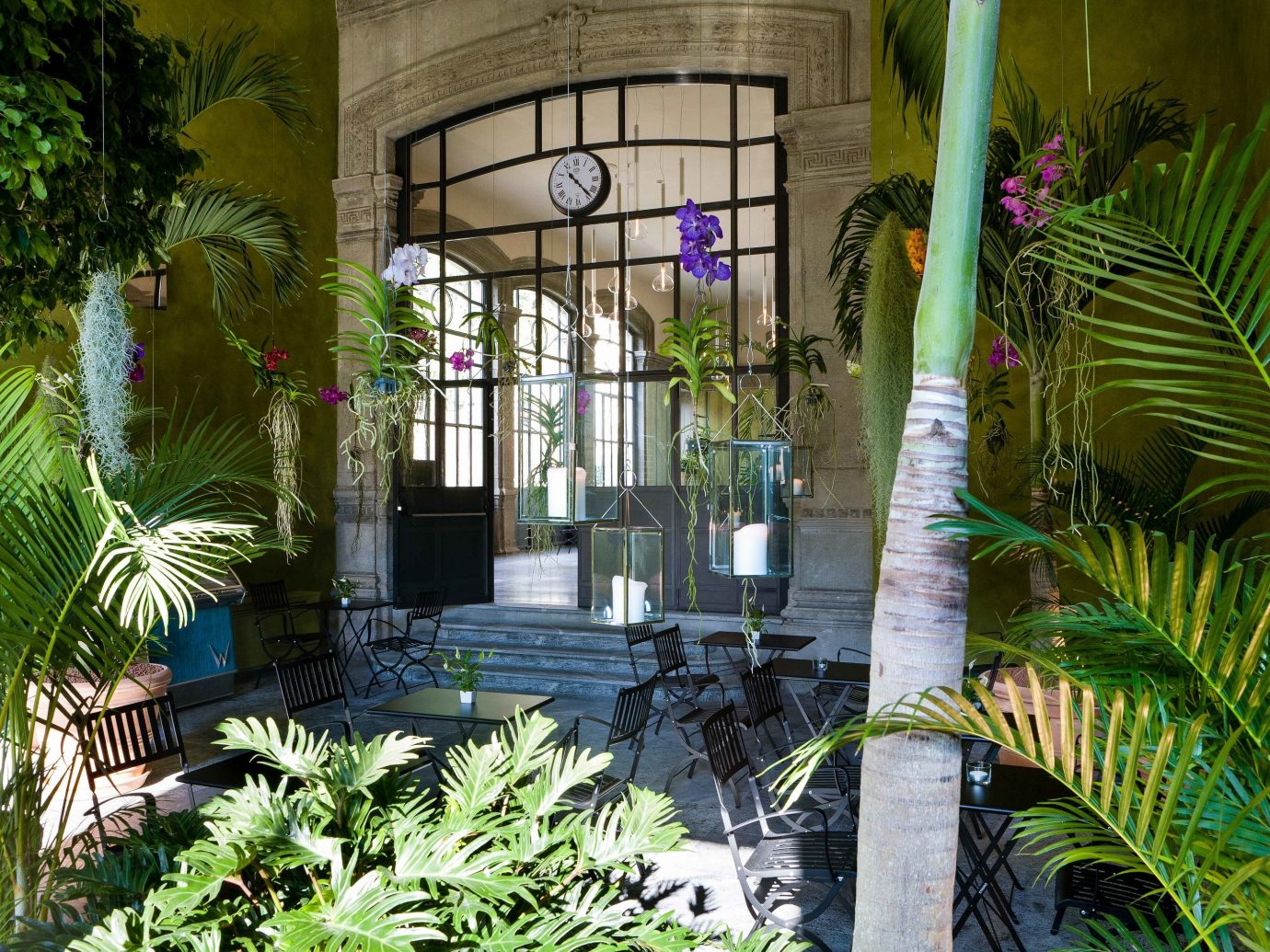
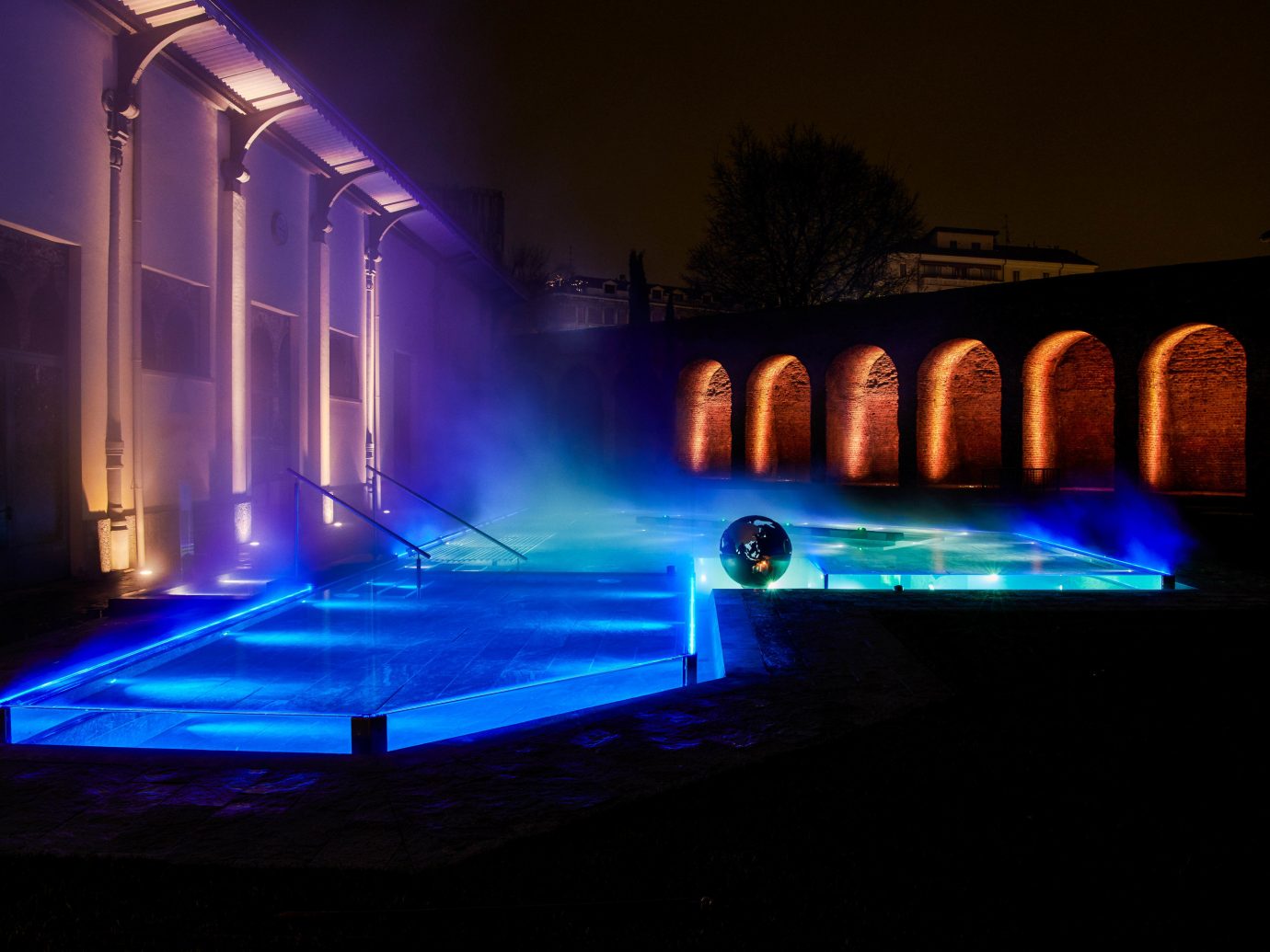
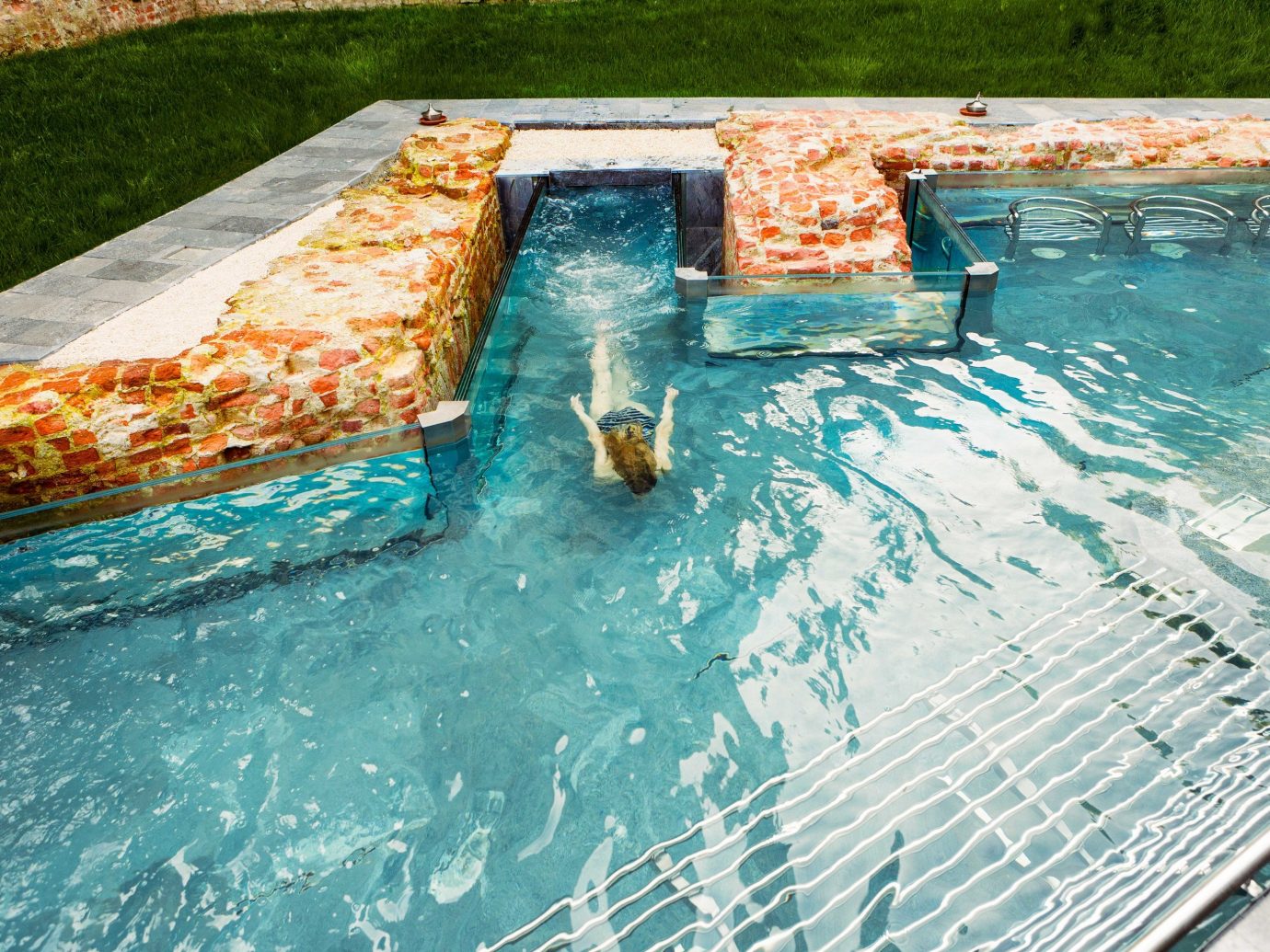
QC Termemilano
With all there is to see in the Italian fashion capital, a day at the spa might be the last thing on your agenda. But a visit to QC Termemilano won’t disappoint. The wellness retreat is housed in a stunning 19th-century tram depot whose outdoor pools and lounges are surrounded by perfectly preserved 16th-century Spanish walls. Don’t miss a steam in the sauna, cleverly built within an old tram car. When you’re too pruny and wrinkled to soak any longer, head inside for healthy snacks served in an airy dining room lined with windows.
RELATED: 7 Best Hotels in Milan
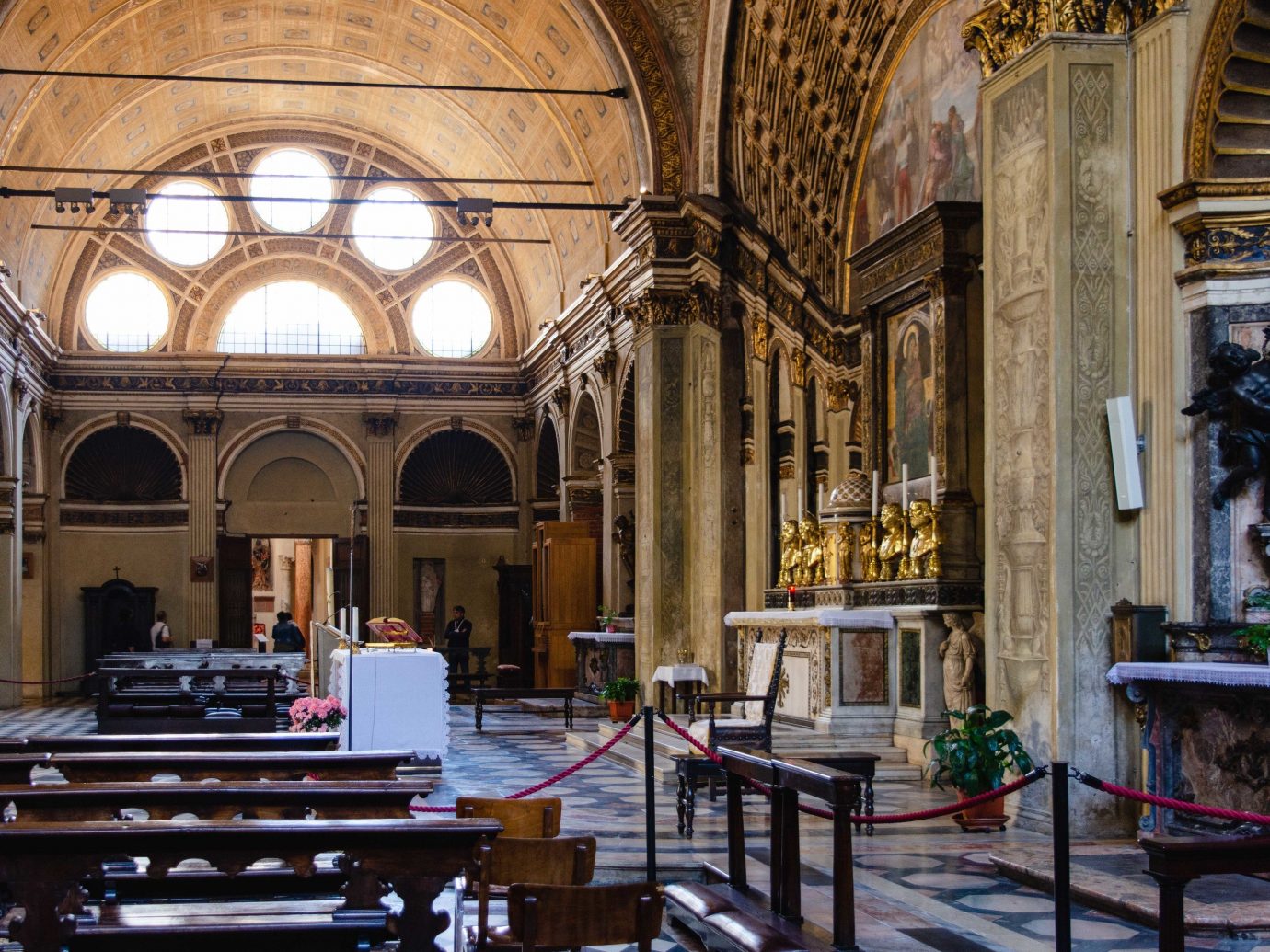
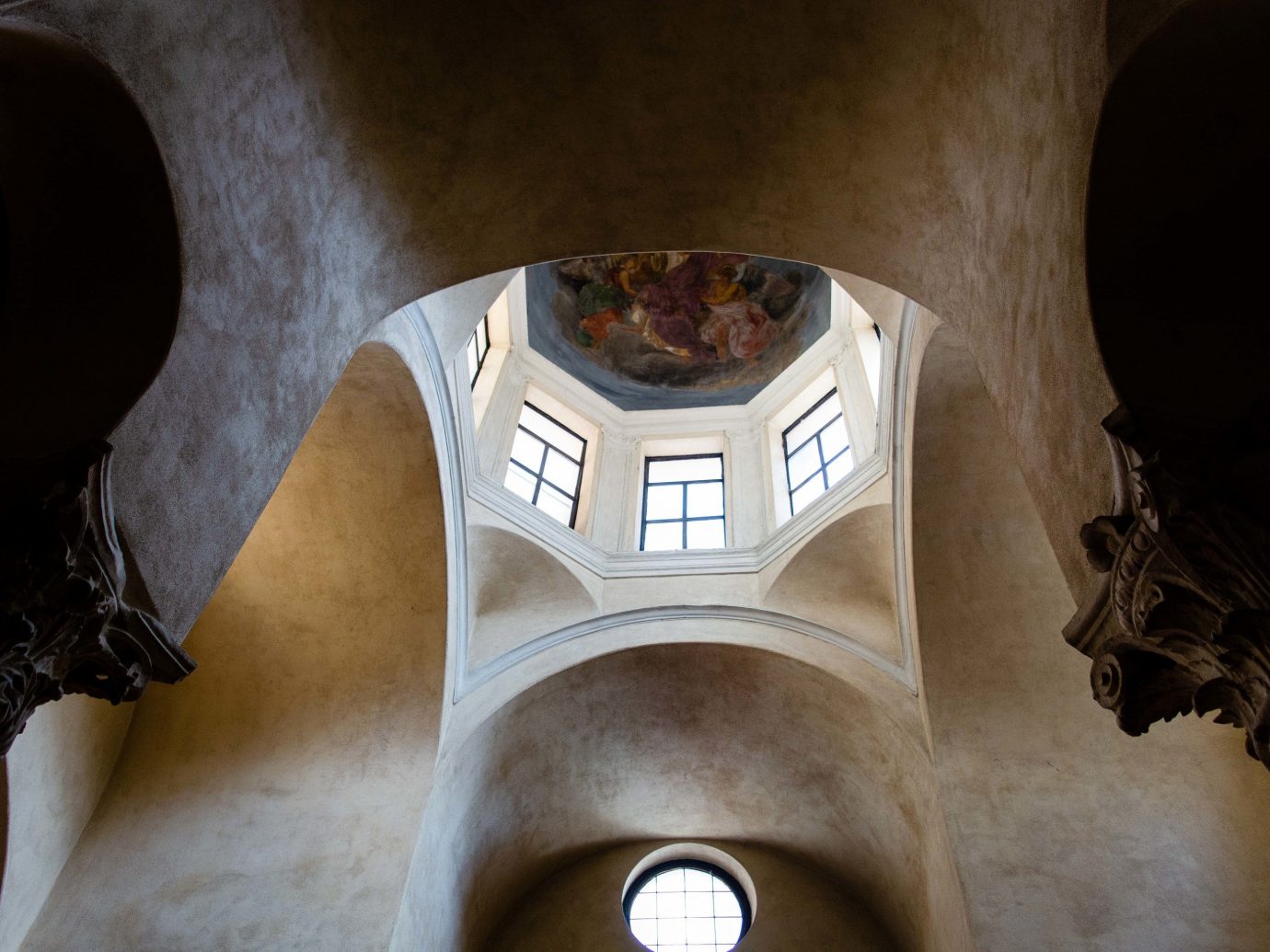
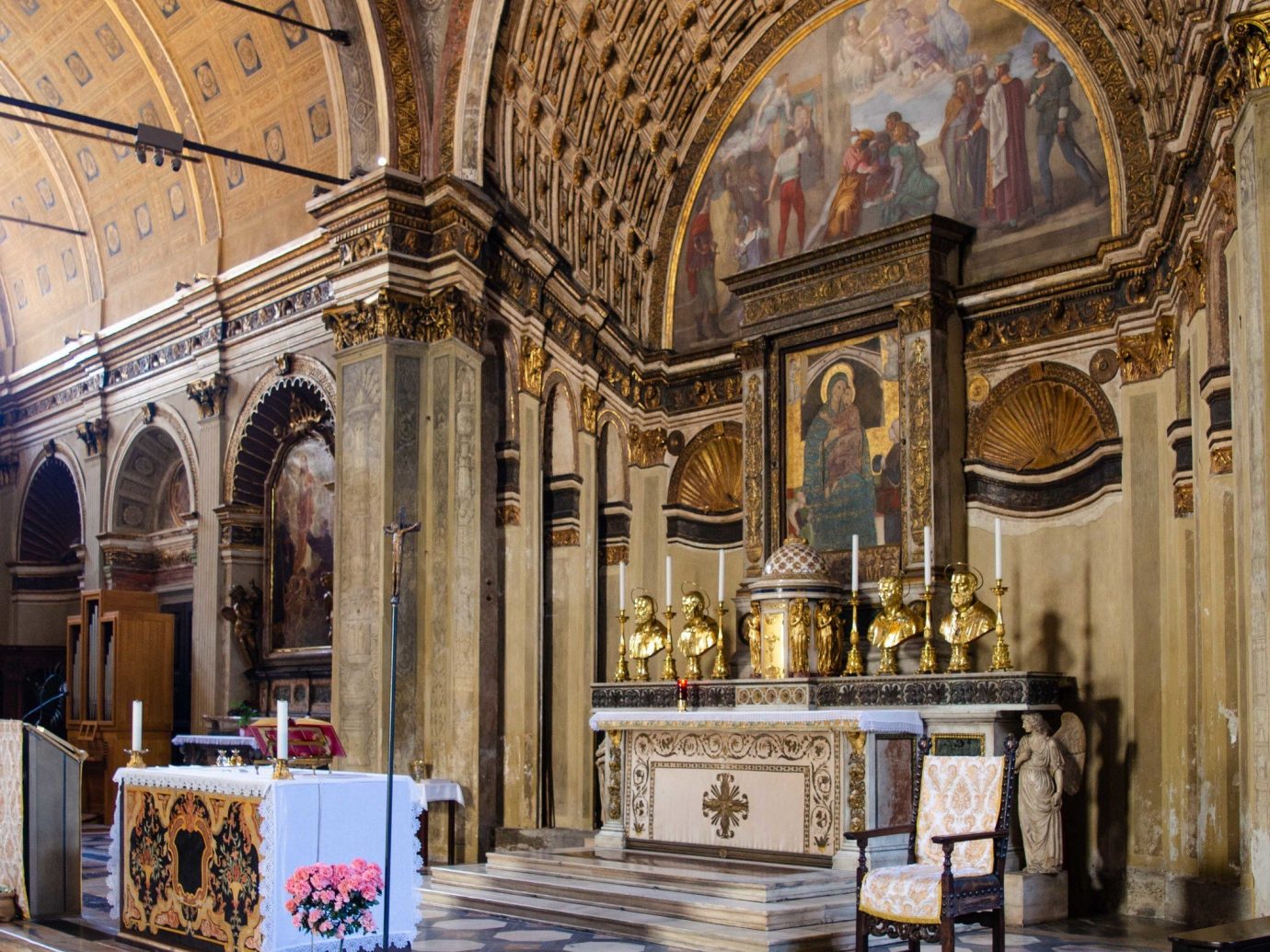
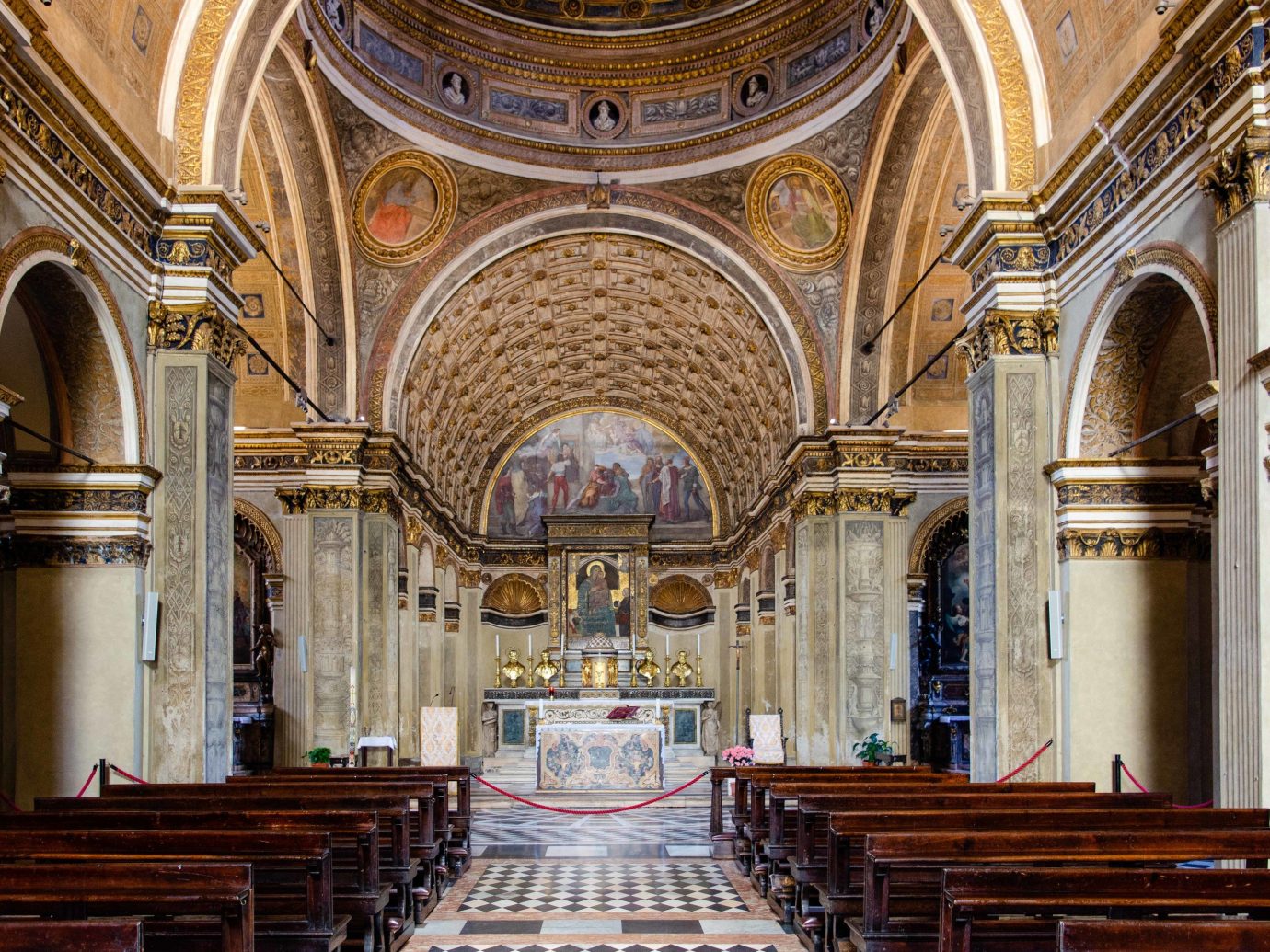
Courtesy of Tara van der Linden
Santa Maria Presso San Satiro
Any trip to Milan would be incomplete without a visit to see the Gothic spires of the Duomo or Santa Maria delle Grazie’s most precious treasure—Da Vinci’s celebrated Last Supper mural remains on display in the convent’s refectory—but a lesser known gem is Santa Maria presso San Satiro, a tiny blink-and-you’d-miss-it church on a busy side street. Designed by Bramante, the 15th-century chapel looks run of the mill from the outside, but inside is a different story: peer down the main axis to view a stunning trompe l’oeil effect that gives the impression of a sprawling apse.

Galleria Vittorio Emanuele II
Fashion is a way of life for the Milanese, and there are few better places to score designer threads than Galleria Vittorio Emanuele, the platonic ideal of a shopping mall. Some of Italy’s most iconic luxury brands are housed in an historic 1867 neoclassical structure with a soaring glass-and-cast-iron domed roof, marble mosaic floors, and neoclassical facades. For an alfresco version, head to the Golden Triangle, a boutique-lined area within the borders of Via della Spiga, Via Sant’Andrea, and Via Montenapoleone that offers some of the best retail therapy in the world, or the old world streets of the Brera district for upscale clothing and furniture shops and art museums like the stellar Pinacoteca painting gallery.
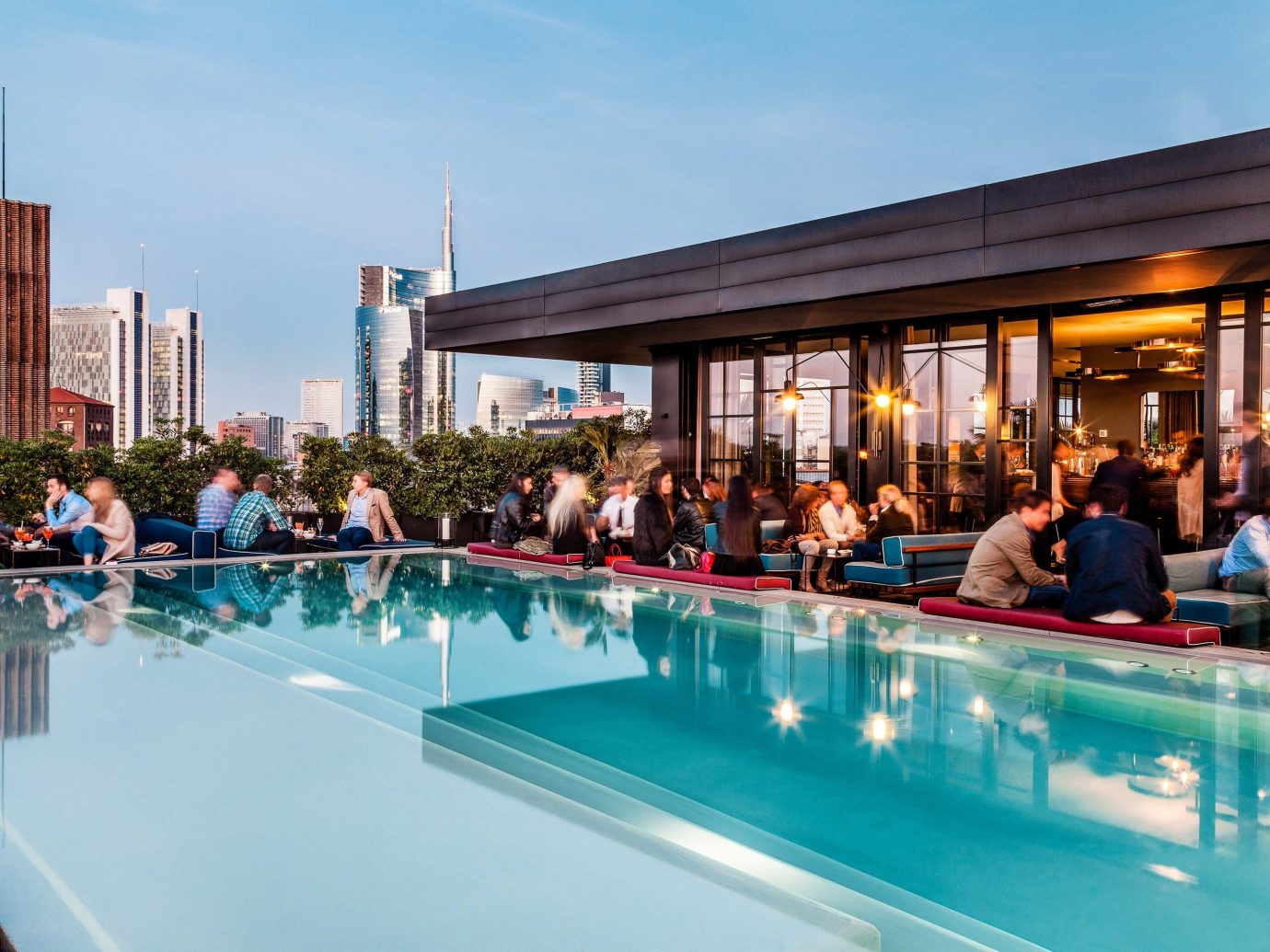
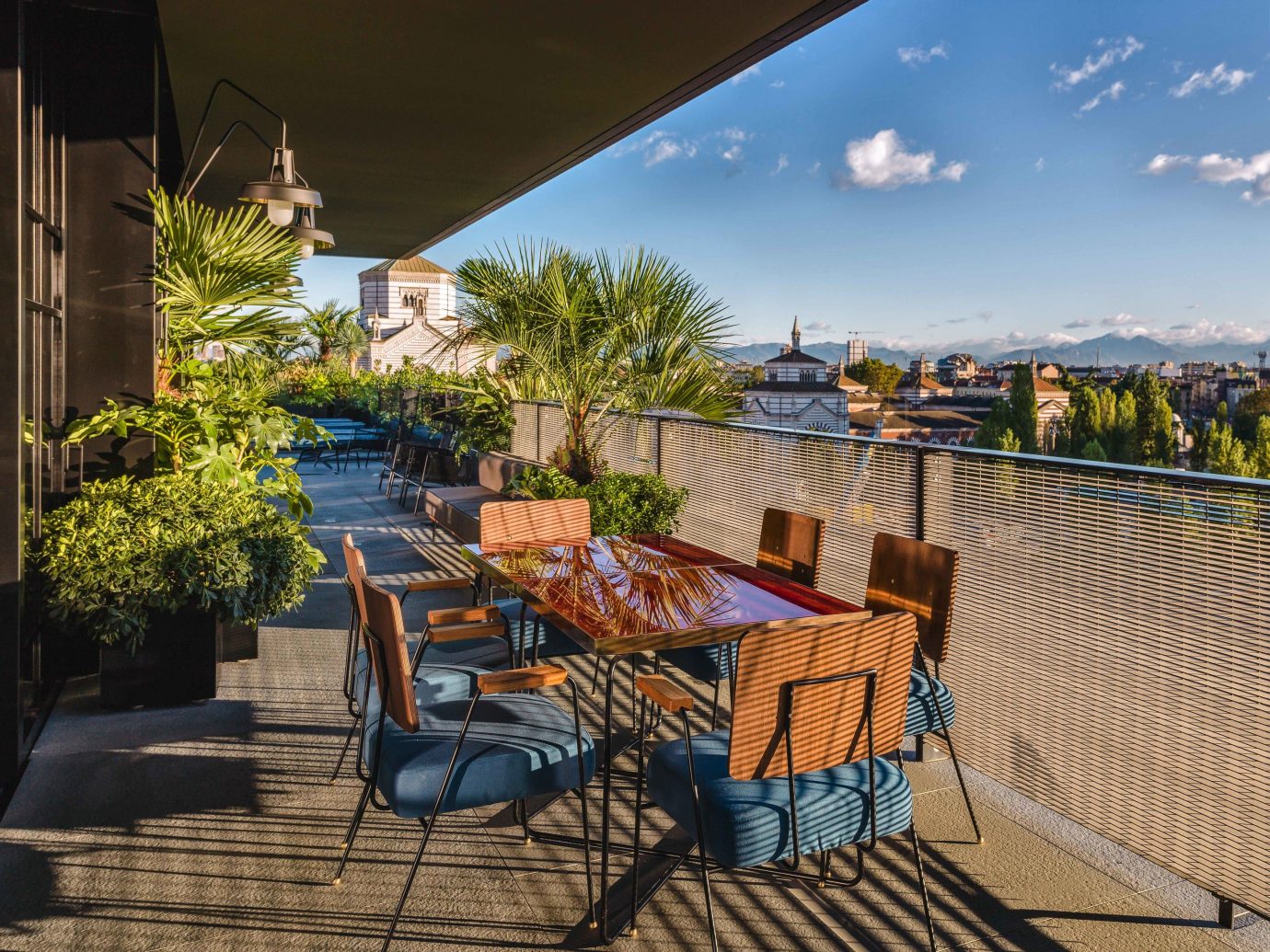
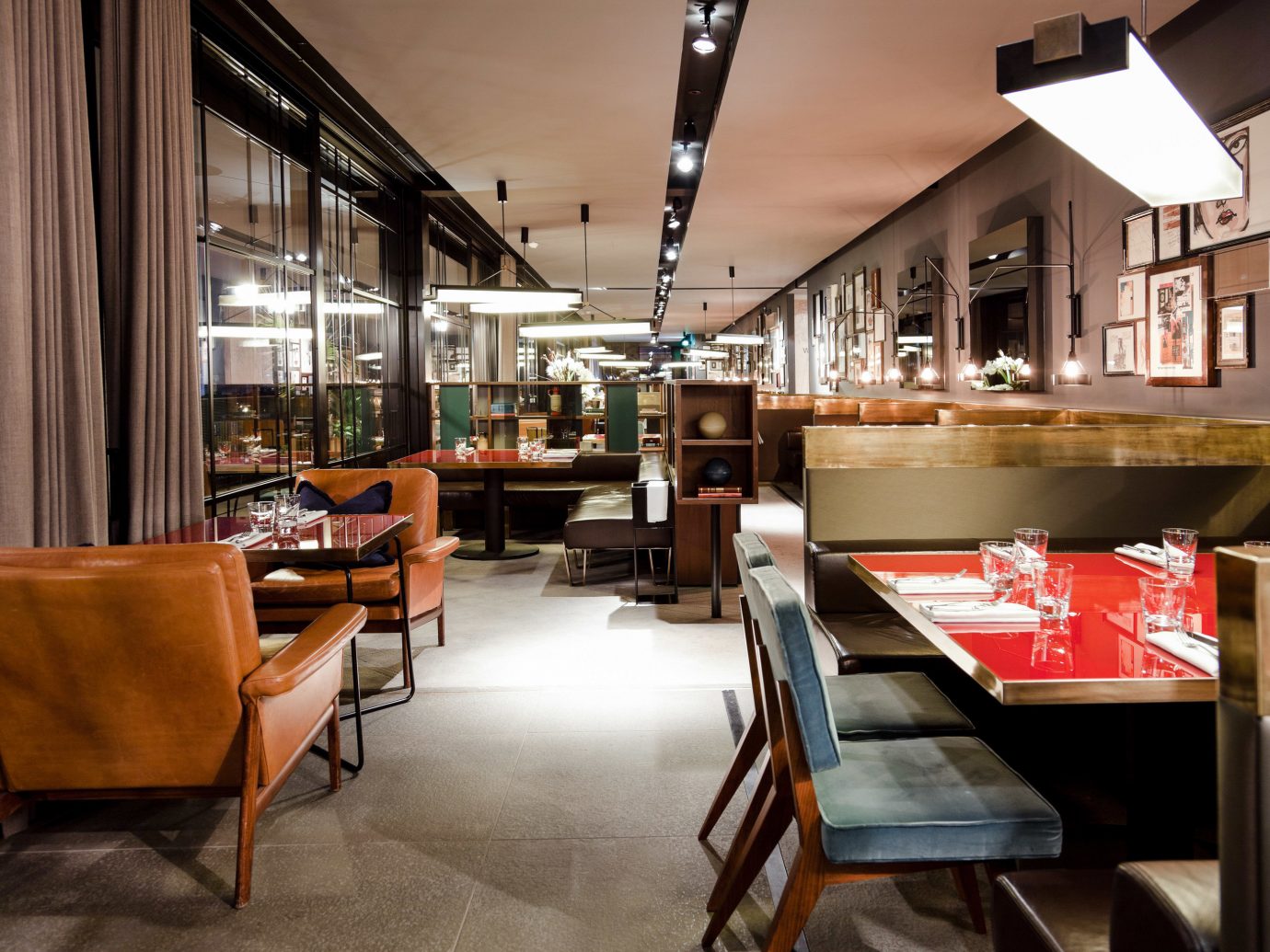
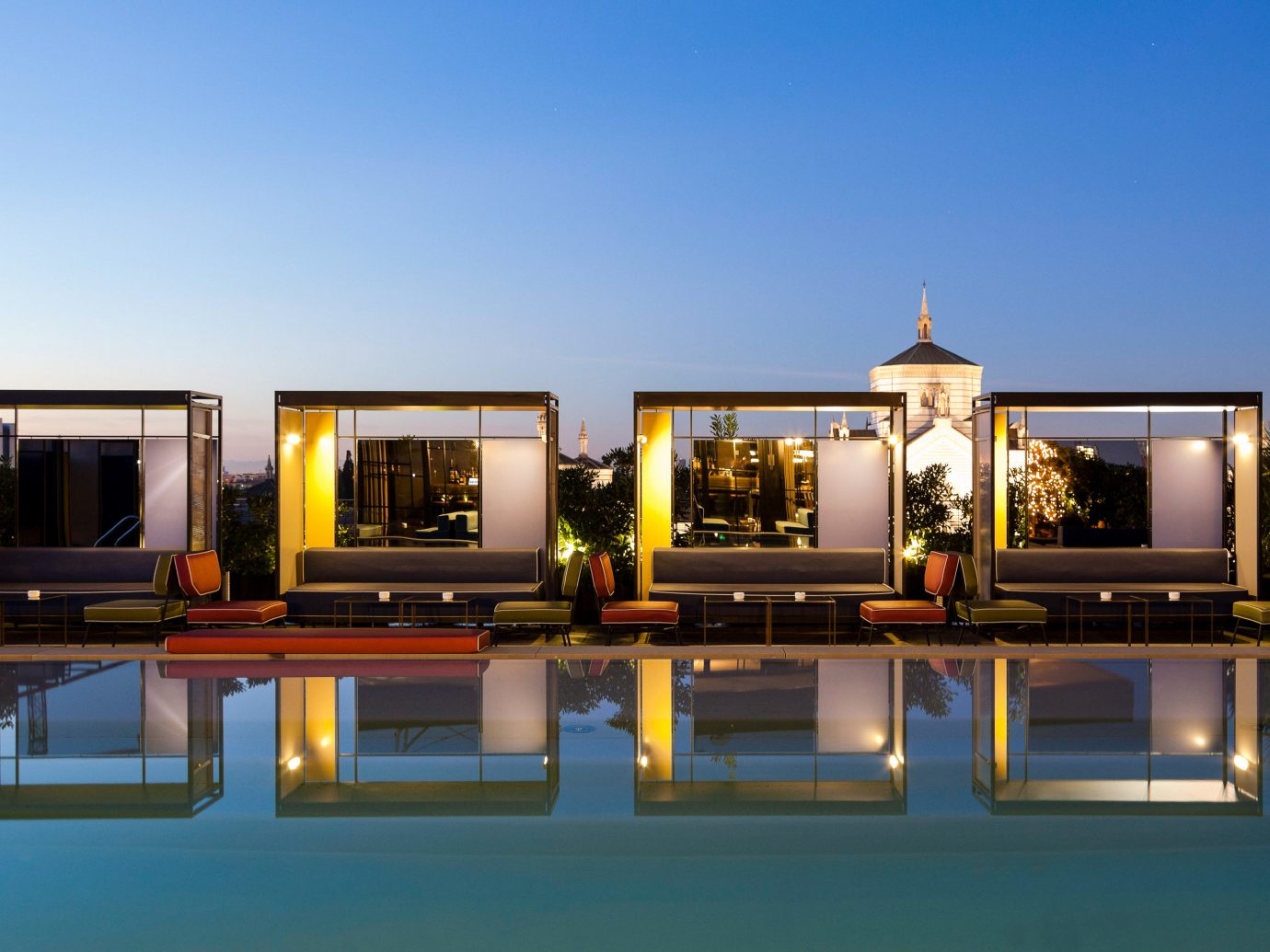
A Meal with a View
Rome and Florence may get all the glory, but it’s much easier to eat well in Milan—all the while ogling its most famous sights. Though tourists love the Tram Ristorante ATMosfera, an elegant dining car that tours the city’s landmarks, a perennial favorite, locals prefer their views in more contemporary settings. The tables and outdoor pool at Ceresio 7 look out on statuesque tombs designed by the likes of Giò Ponti in Cimitero Monumentale, while Ristorante Giacomo Arengario is ideally situated in Museo del Novecento, overlooking the Piazza del Duomo. Of course, if you want to beat the crowds altogether, head to the outskirts of town to Al Garghet, a traditional Milanese restaurant in a peaceful garden setting.
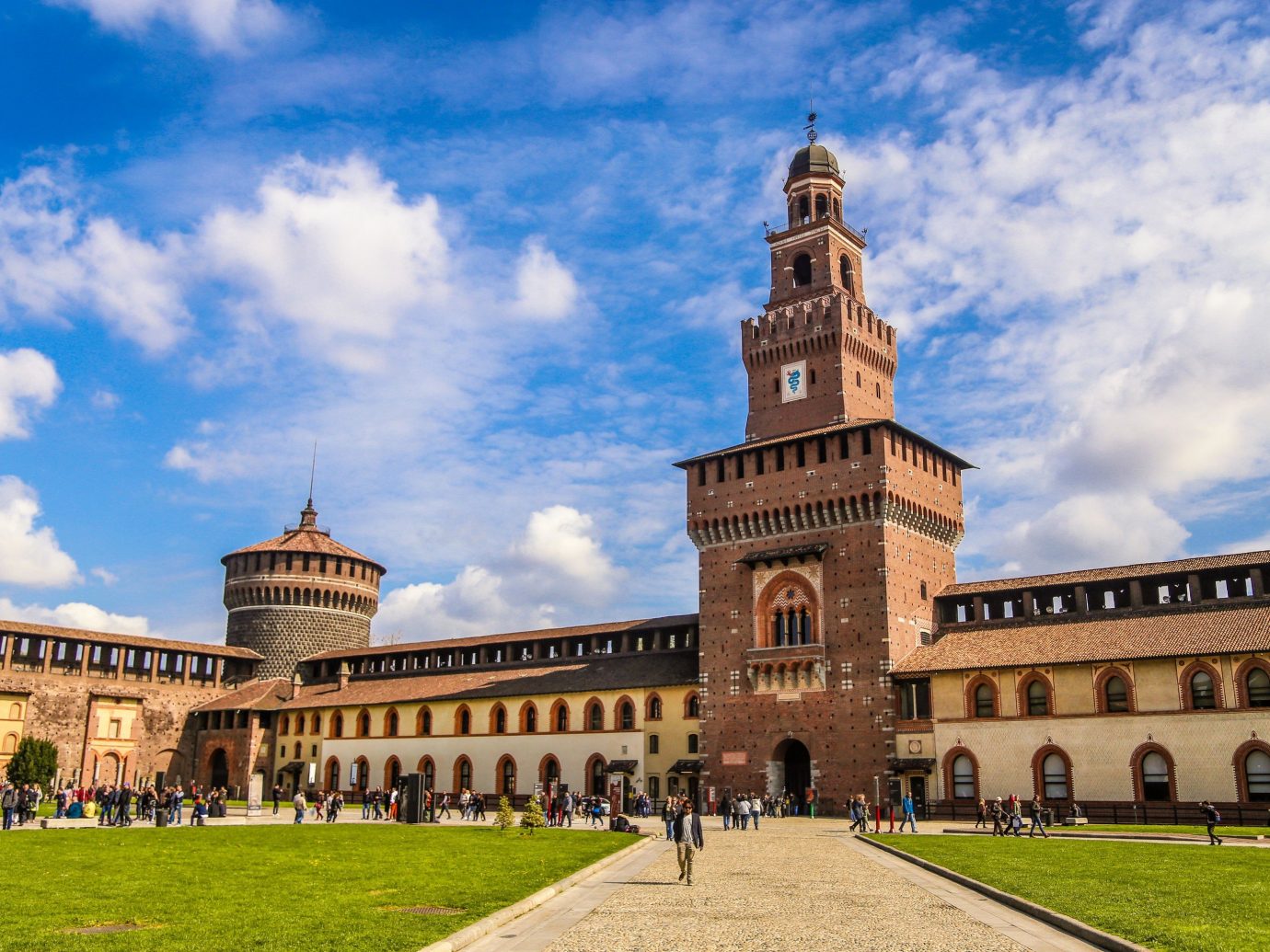
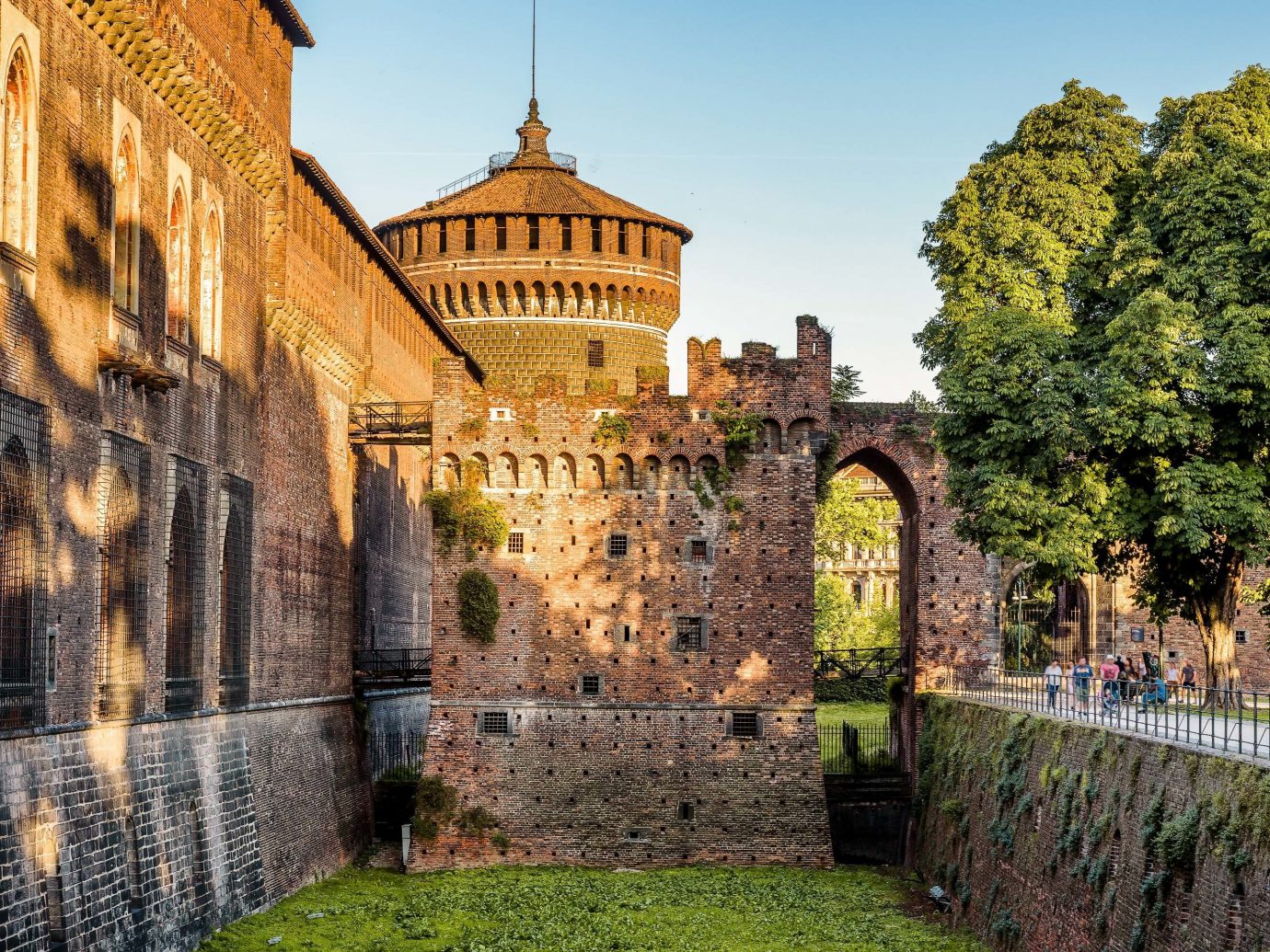
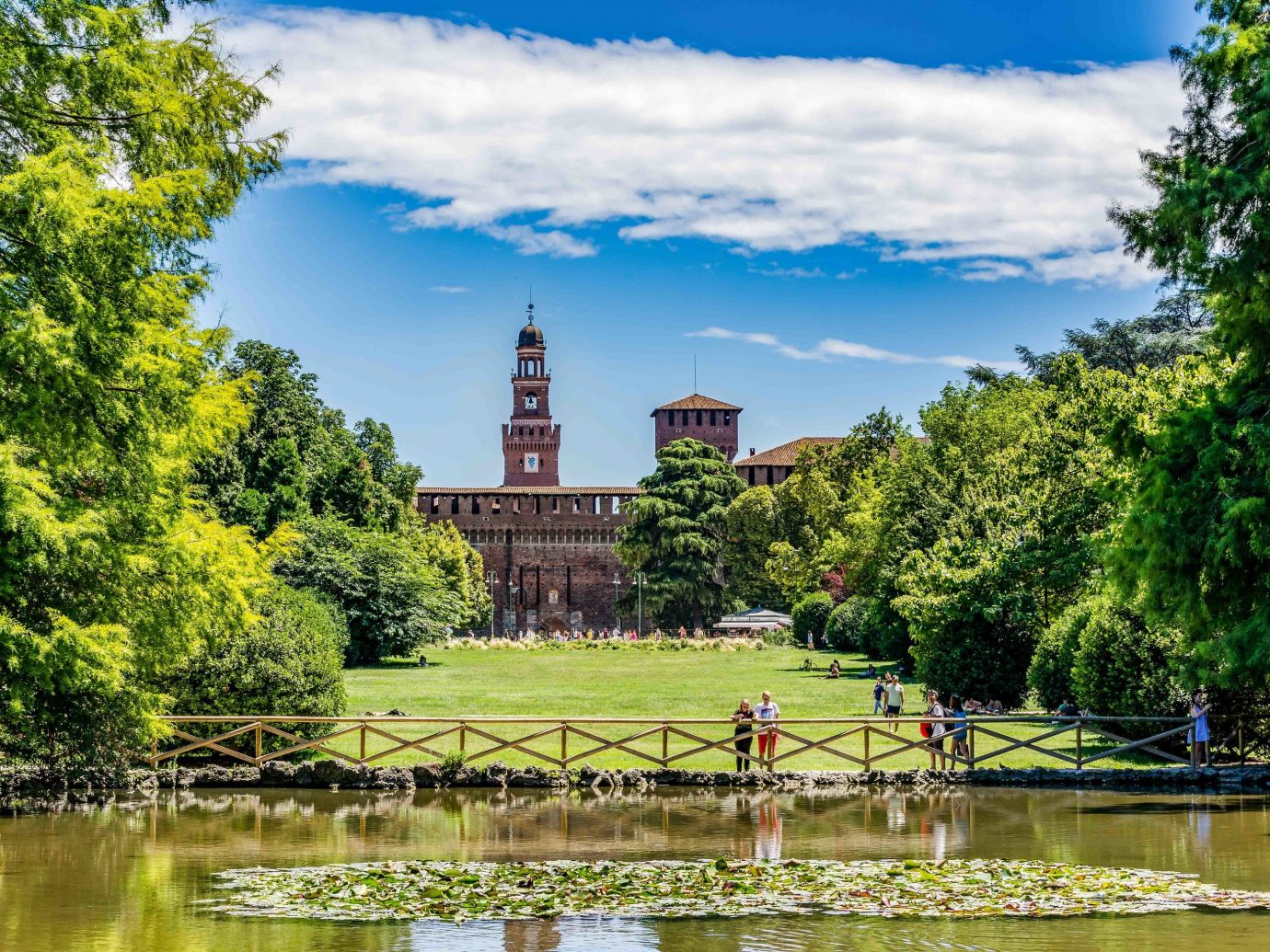
Castello Sforzesco
Culture warriors can’t miss the Medieval and Renaissance works on display at the museums within Castello Sforzesco, a sprawling castle in the city center that was once home to Milan’s ruling family. There you’ll find pieces by Titian and da Vinci, as well as Michelangelo’s unfinished Pietà Rondanini. Afterward, stroll to view the sculptures and green spaces in Parco Sempione, sandwiched between the castle and the stately Arco della Pace.
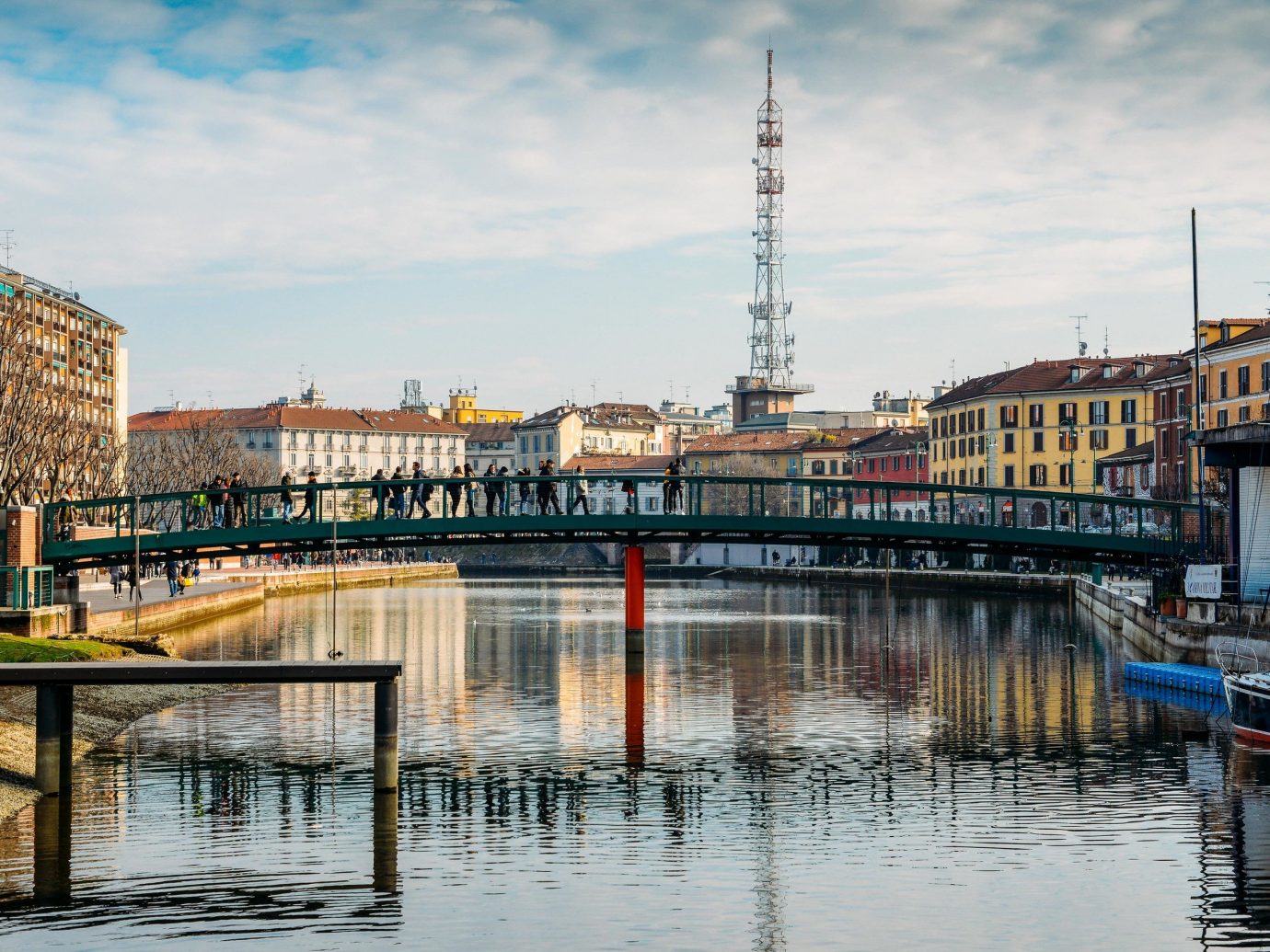
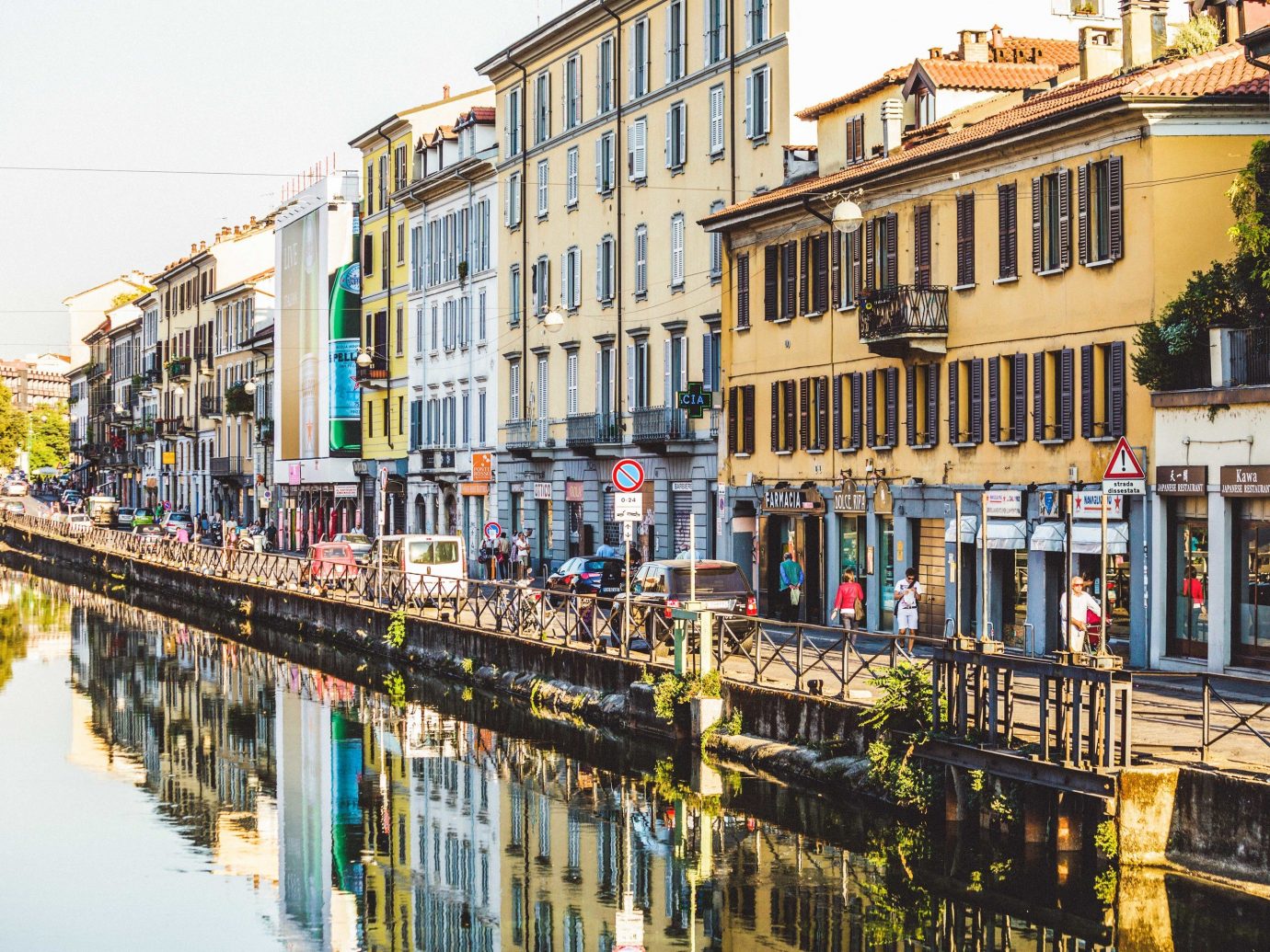
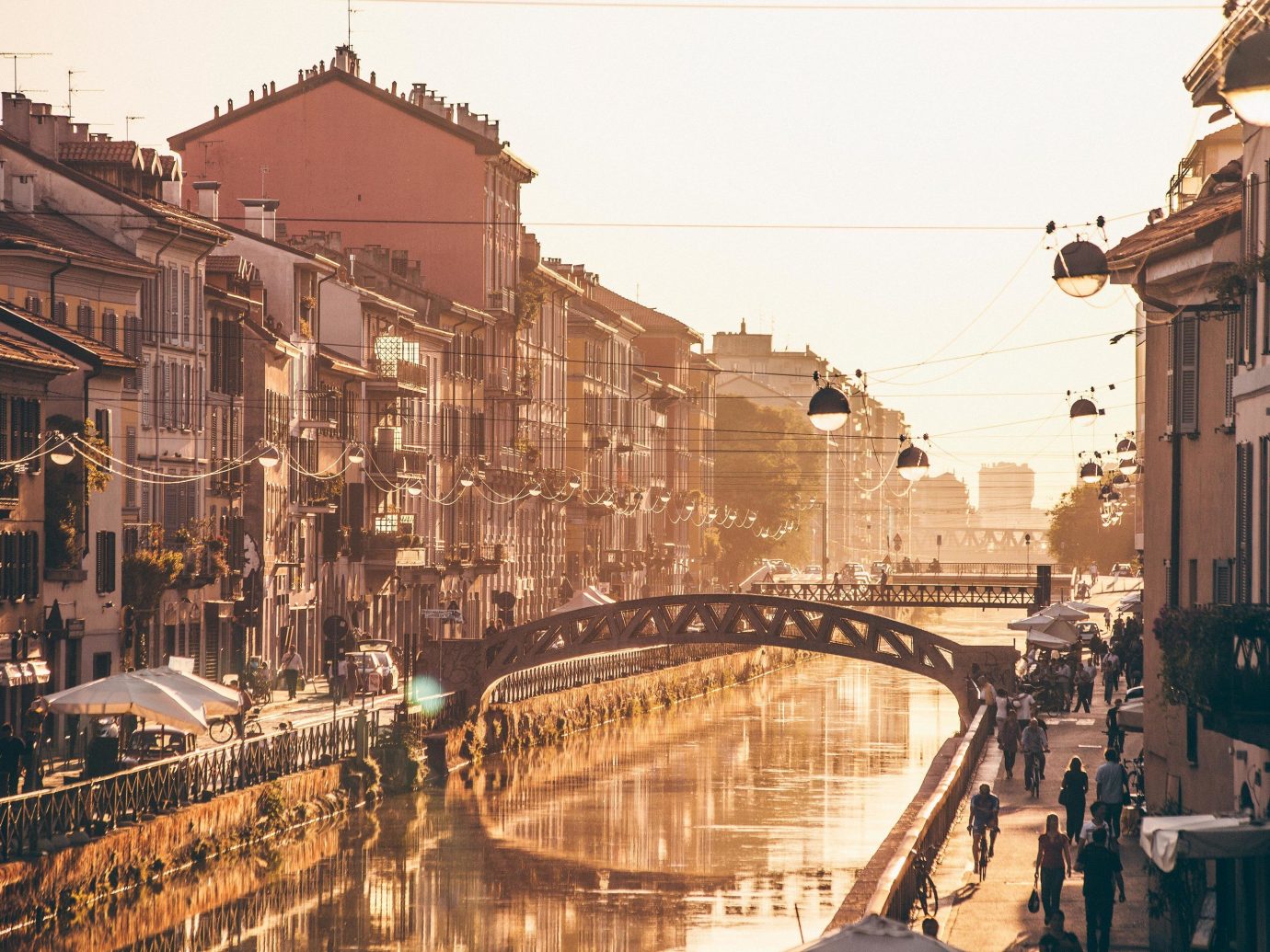
Navigli District
For nearly seven centuries, landlocked Milan traded with other Italian cities and the rest of Europe via a series of interconnected canals that sprang from Lakes Como and Maggiore and the Po and Ticino rivers. While many of those waterways have disappeared—Naviglio Pavese and Naviglio Grande are all that remain of the city center system—the district that housed them has become a hotspot filled with hip restaurants and bars and funky boutiques. Rent a bike to wheel around the waterfront’s pastel facades and umbrella-lined street cafés, or simply take to the streets on foot.
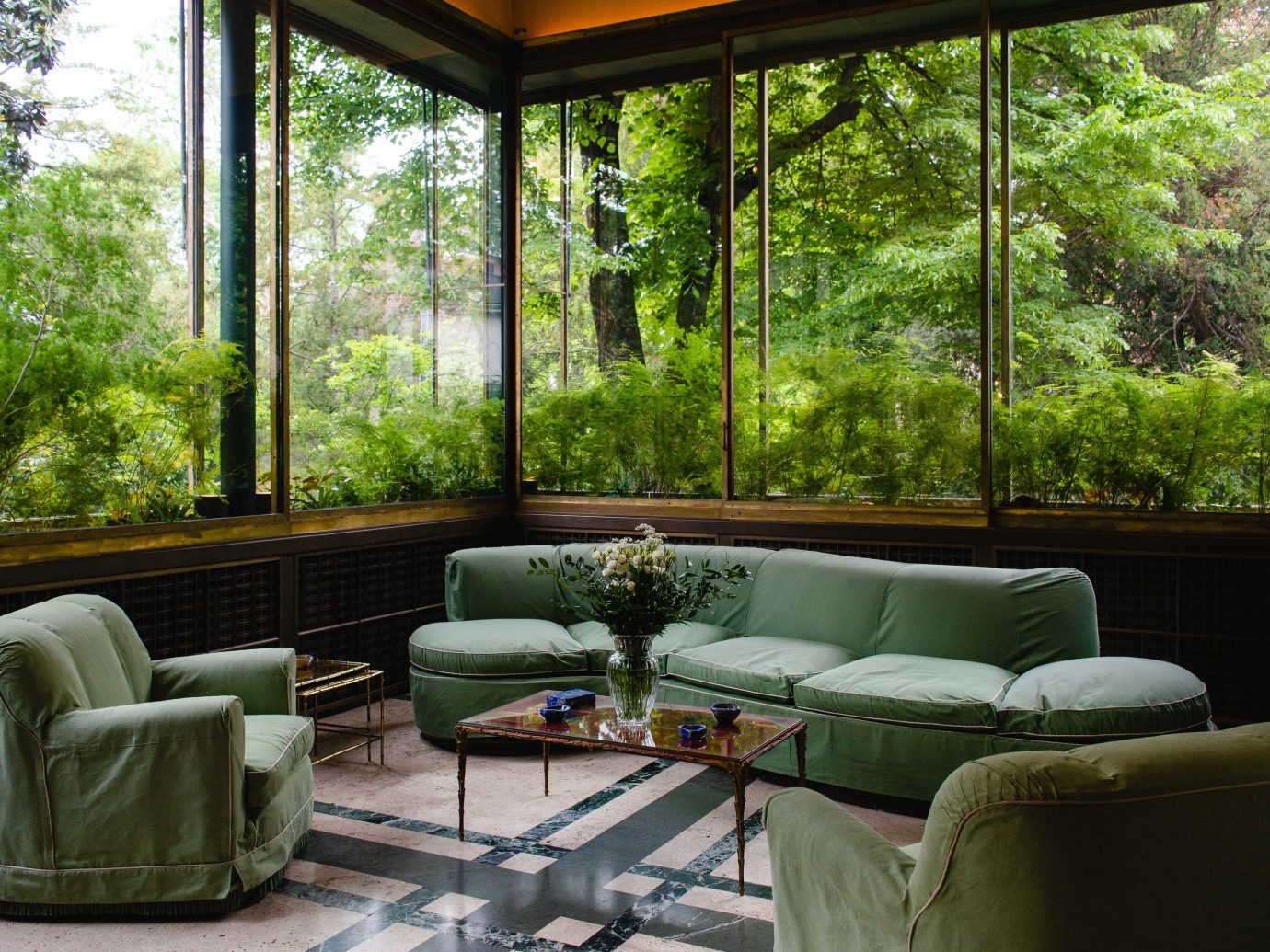
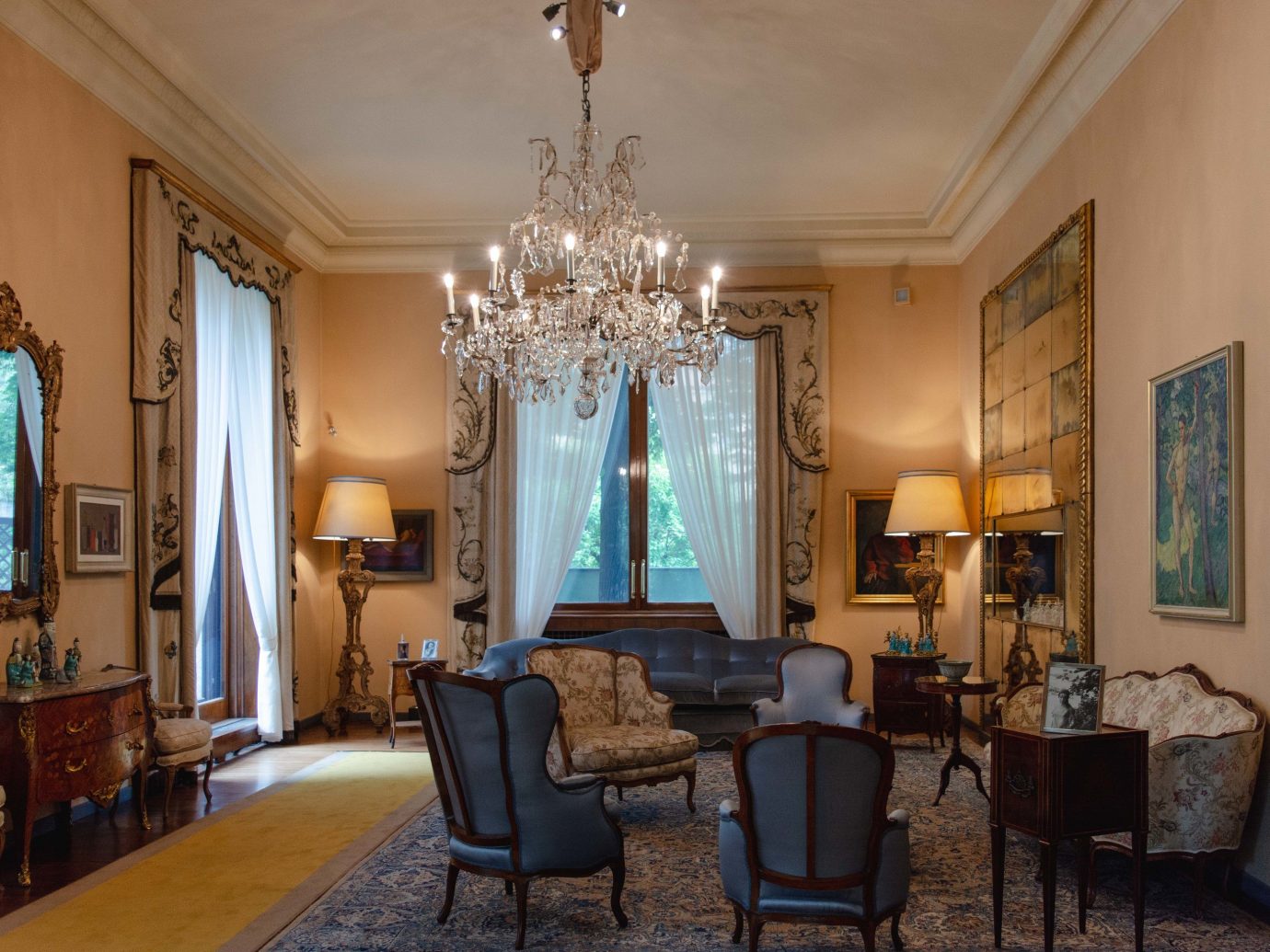
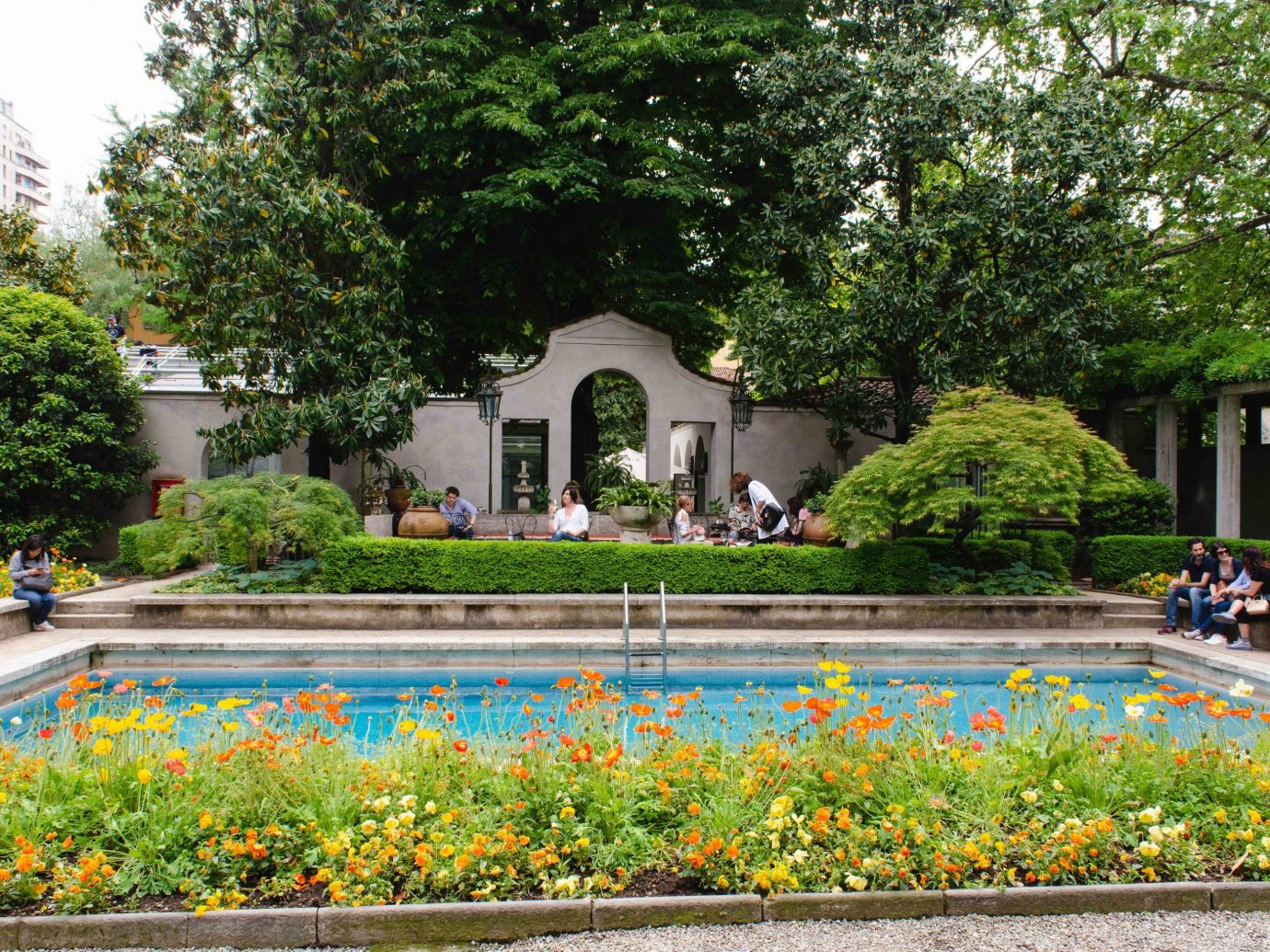
Courtesy of Tara van der Linden
Villa Necchi Campiglio
Milan has seemingly perfected the art of turning mansions into museums, the most striking example being Villa Necchi Campiglio, a 1935 home hidden within lush gardens on Via Mozart in the heart of the city center. The Rationalist structure, which was occupied by the Fascist Army during World War II, received a post-war overhaul in the 17th-century style by architect Tomaso Buzzi, with terrazzo flooring, velvet-clad furnishings, and gilded finishes. Too crowded? Lesser-known gems like Casa-Museo Boschi Di Stefano are also worth a look.
Want More?
- The Only Skin Products You Really Need on Vacation
- 10 Stunning Hotels on the Greek Islands
- 8 Best Countryside Getaways in the US
Comments
All products are independently selected by our writers and editors. If you buy something through our links, Jetsetter may earn an affiliate commission.
Become a Jetsetter.
Use our insider connections to know where to go and what to do.
By proceeding, you agree to our Privacy Policy and Terms of Use.
Thanks for Signing Up!

